This week we had the opportunity to watch the mating of Swallowtail Butterflies. Male swallowtails often engage in aerial displays, flying in a specific pattern to attract females. They also release pheromones, chemical signals that play a crucial role in attracting mates. Once the male lands, the butterflies couple at the abdomen, with the male on the bottom and the female on top. The male transfers a spermatophore, which contains sperm and nutrients, to the female. After mating, male swallowtail butterflies typically live for only a few days longer. Their primary focus after mating is to reproduce, and once they’ve fulfilled this role, their lifespan is shortened. In contrast, female swallowtails live longer to lay eggs and contribute to the next generation. The adult stage of a swallowtail, including both males and females, generally lasts from a few weeks up to a month or more.
Author: mslmdr
Red-spotted Purple Admiral Butterfly in Wisconsin
Hummingbird with a Surprise!
What is the best caption for this series?
Too much of a good thing?
Occupational hazard?
Trying on a new hat.
It all started innocently enough….
Getting the last drop.
Do I need a hat?
Who said females are less glamorous than males?
Maybe a bit off more than I can chew?
Deer in the Morning Sunlight in Wisconsin
Doe and Fawn cross the Sheboygan River. Momma looks hungry with her tongue sticking out in anticipation of something good to eat on the other side. Another doe awoken while sleeping in the grass and springing to action for her escape. The youngster following her mother.
Hummingbird in Wisconsin
Female Hummingbird likes to sample from Christel’s flowers at our front door.
Orchard Orioles in Wisconsin
Here we see male feeding the female. Orchard Orioles are much less common here than Baltimore Orioles and are slightly smaller in size.
From iBird Pro: Orchard Oriole: Small oriole with black head, back, and tail, and chestnut-orange shoulder patches, underparts, and rump. Wings are black with single broad white bar; flight feathers have white edges. Female has olive-green upperparts, yellow underparts, and two white wing-bars. Juvenile male resembles female but has black bib and face.
Ventura Wetlands and Anacapa Island California 2025
Pileated Woodpecker in Wisconsin 2025
The Pileated Woodpecker is one of the biggest, most striking forest birds on the continent. It’s nearly the size of a crow, black with bold white stripes down the neck and a flaming-red crest. Look (and listen) for Pileated Woodpeckers whacking at dead trees and fallen logs in search of their main prey, carpenter ants, leaving unique rectangular holes in the wood. The nest holes these birds make offer crucial shelter to many species including swifts, owls, ducks, bats, and pine martens.
Killdeer Chick Nebraska 2013
Photos taken at the “Homeplace” near Plainview Nebraska where my father grew up. Nikon D800E, Nikon 80-400mm, 400mm.
Blackburnian Warbler Visits Wisconsin 2025
Fortunate to see this beautiful warbler while he was migrating thru Wisconsin this spring.
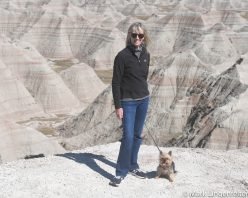
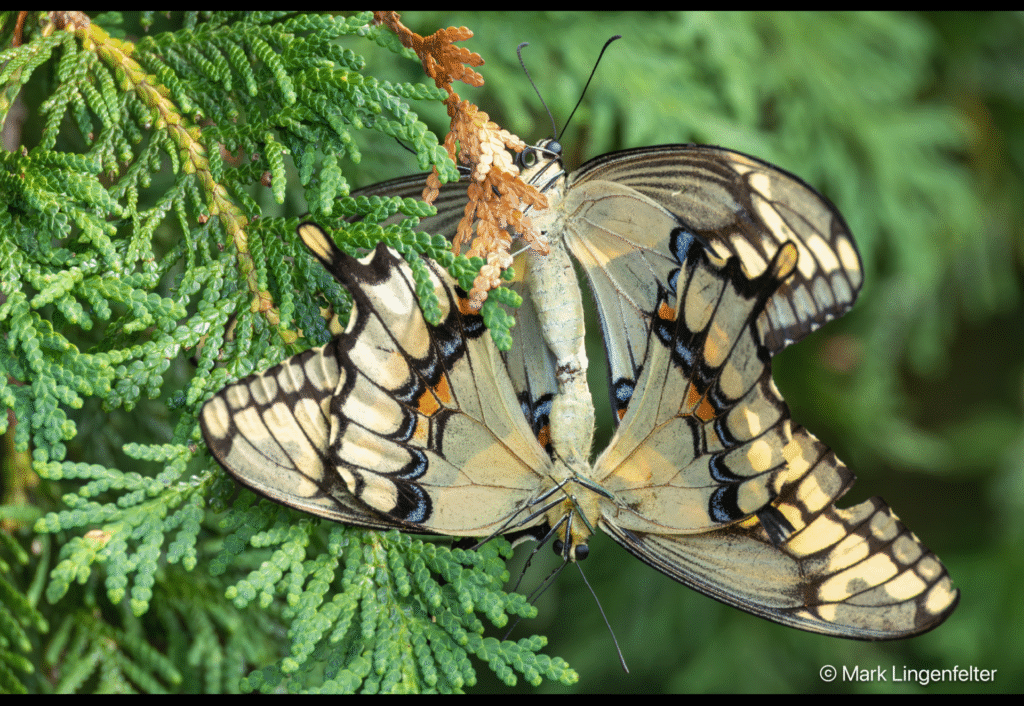
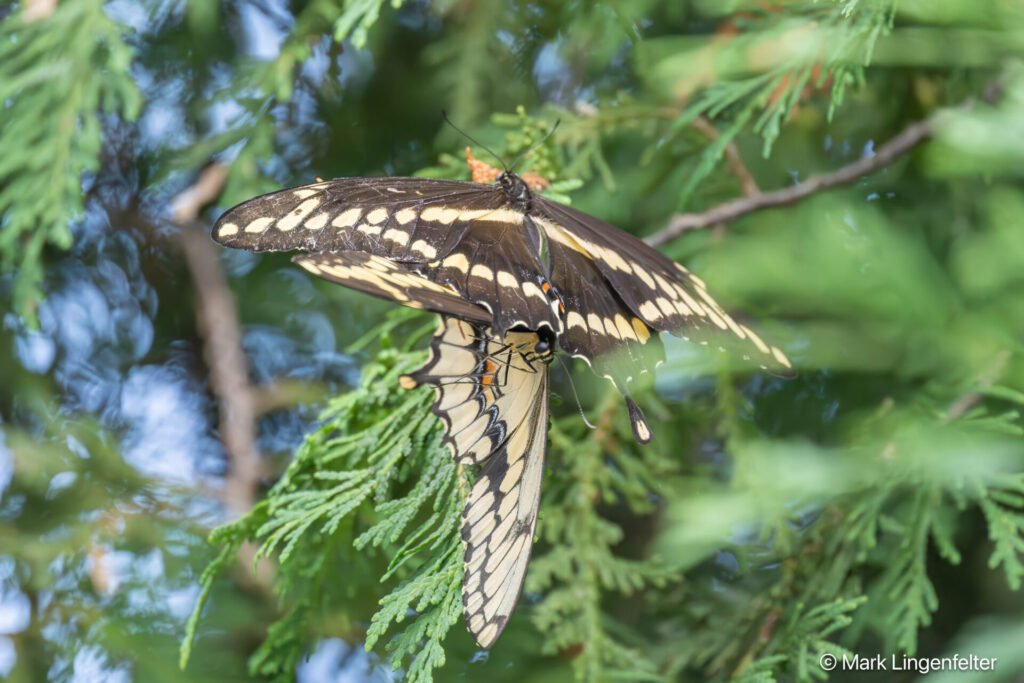
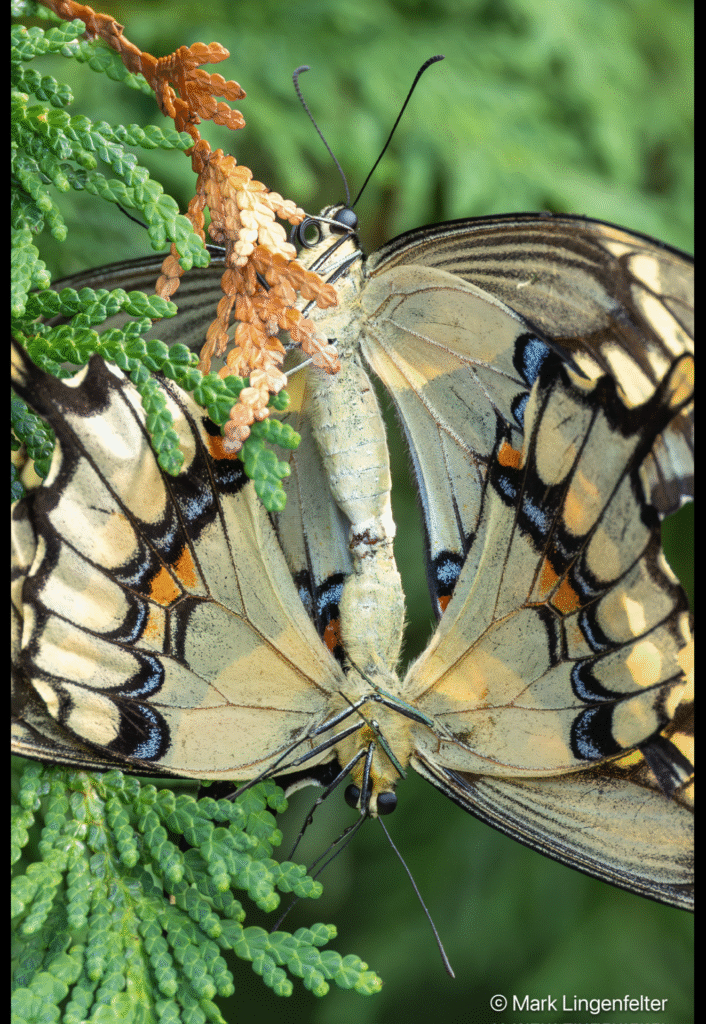
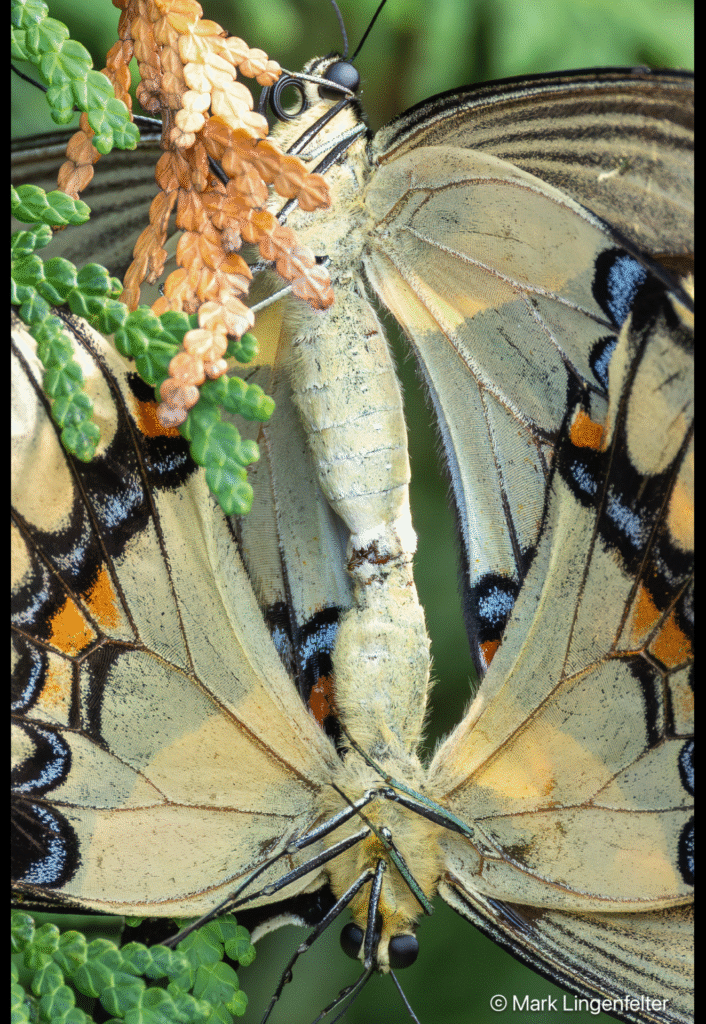

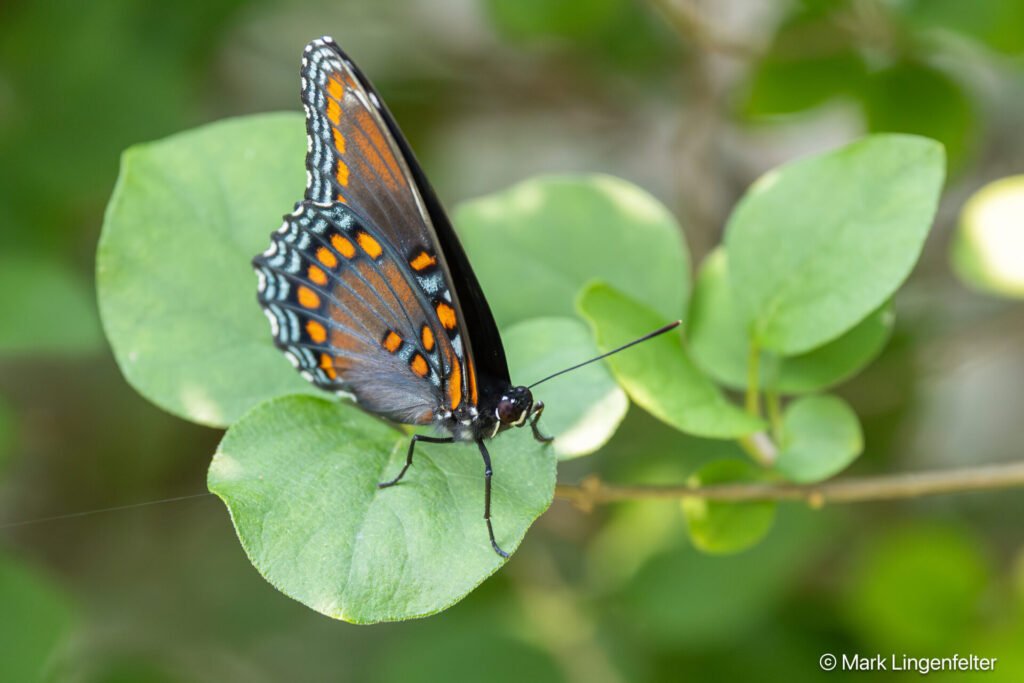
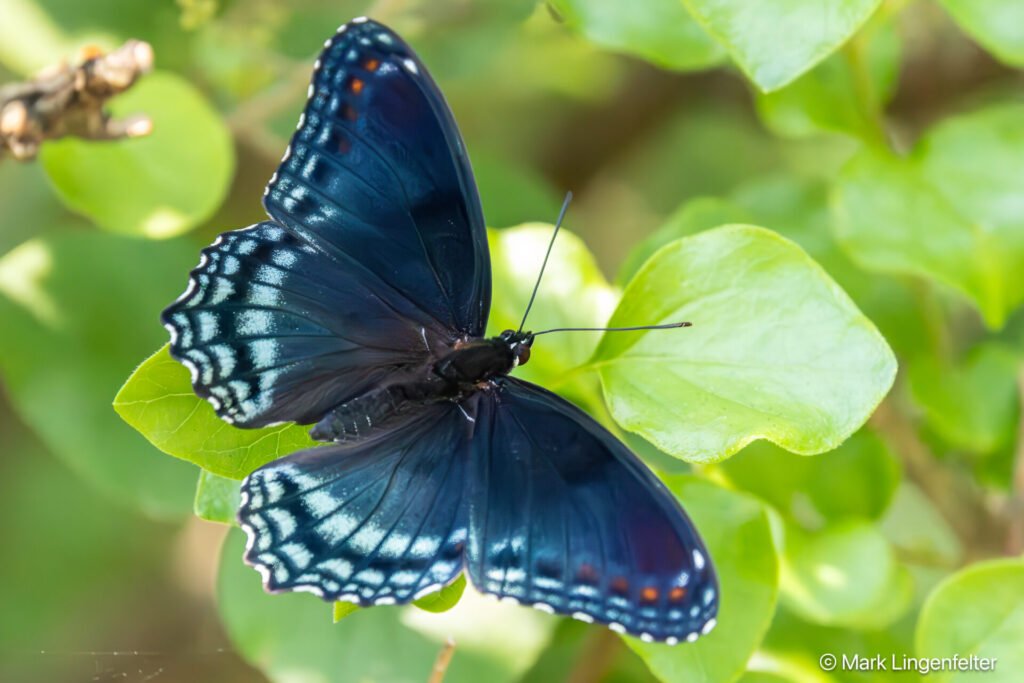
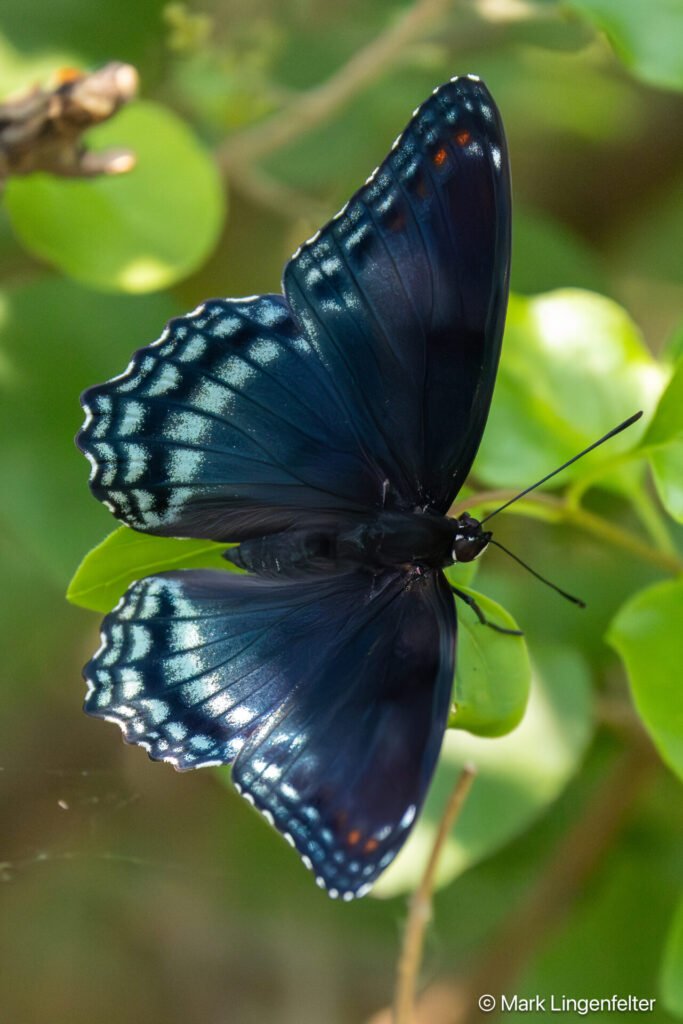
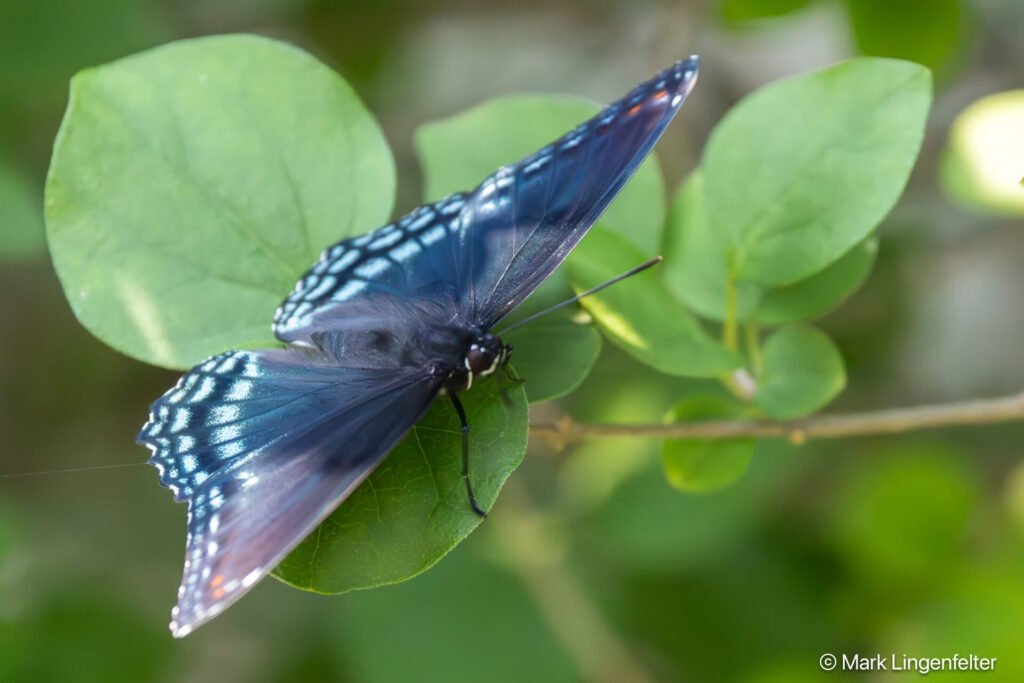
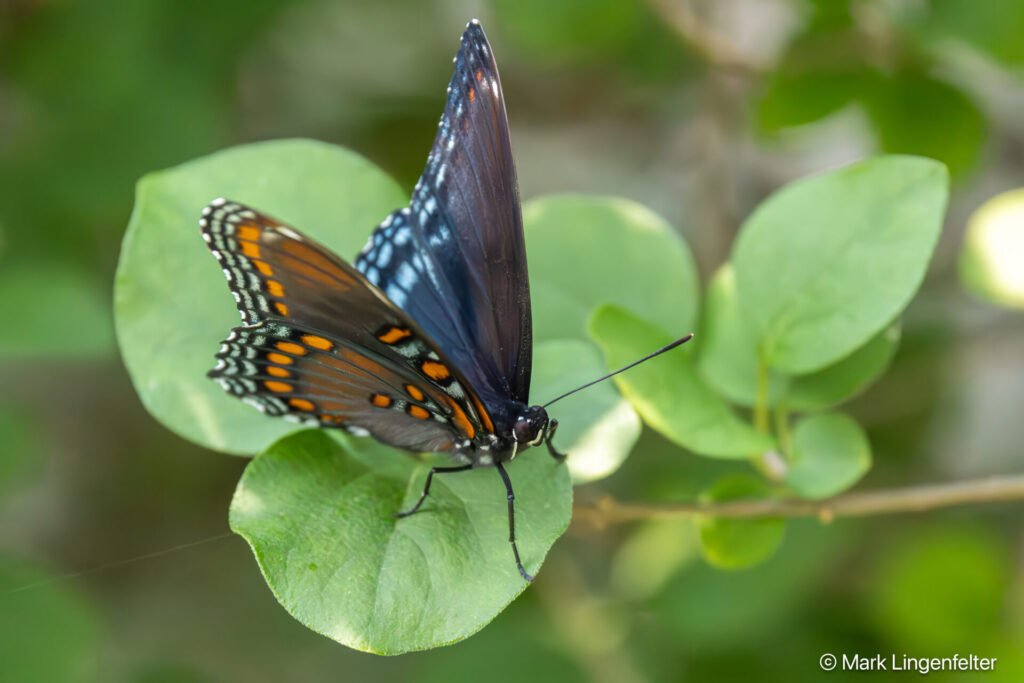
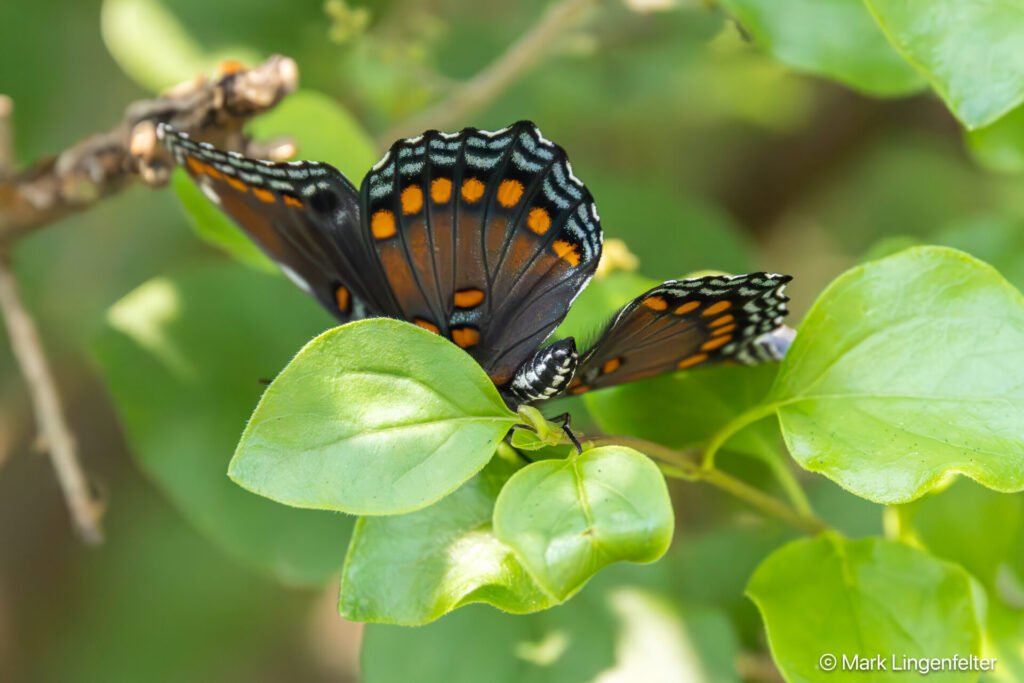
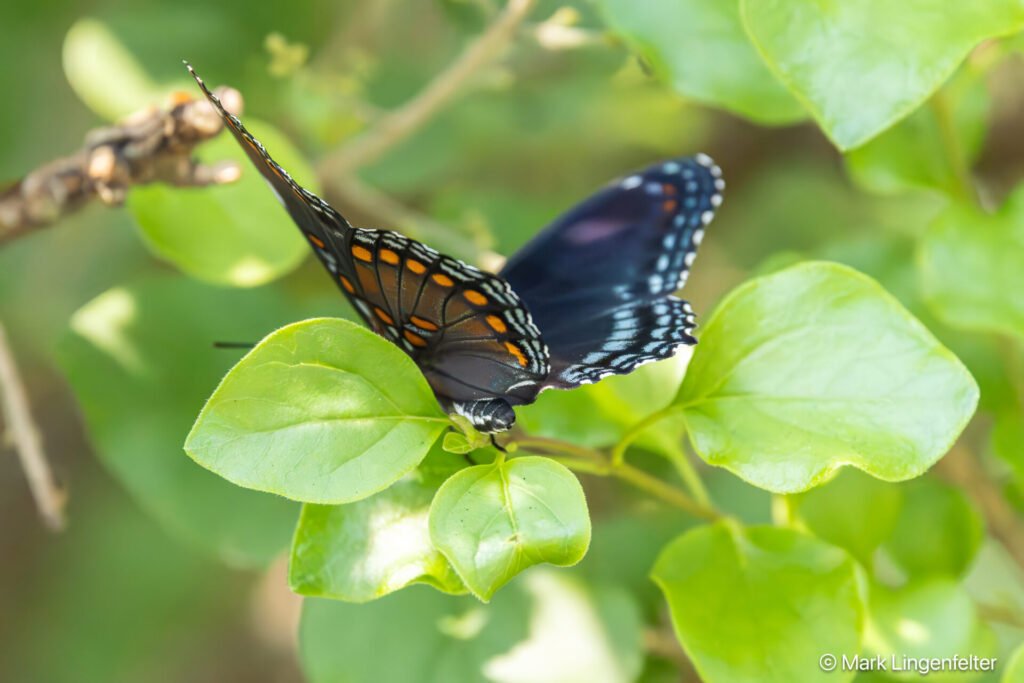
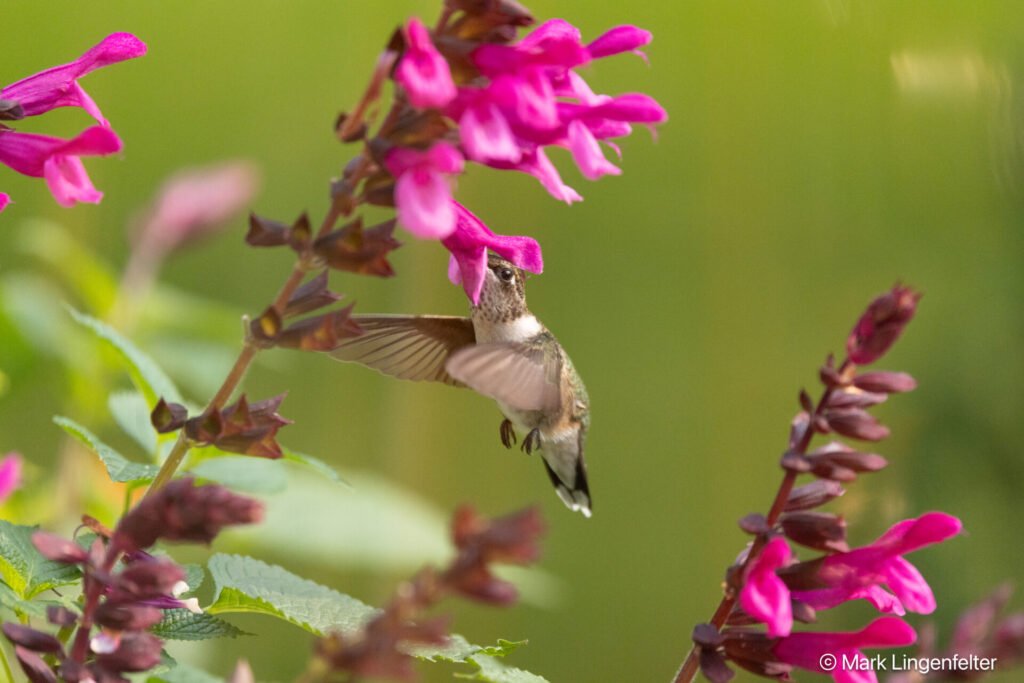
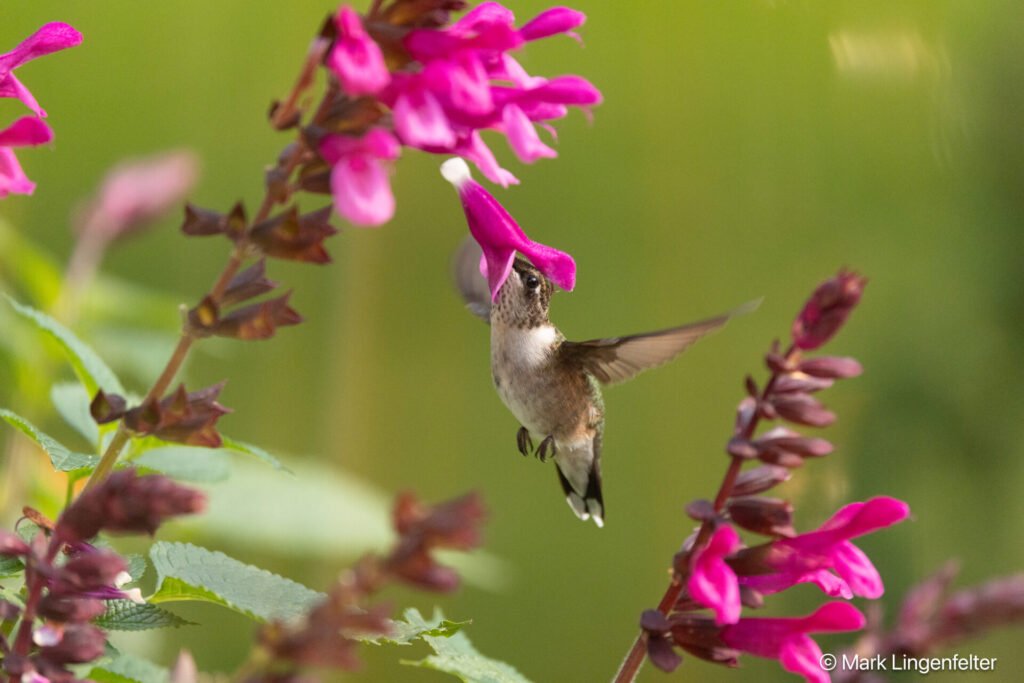
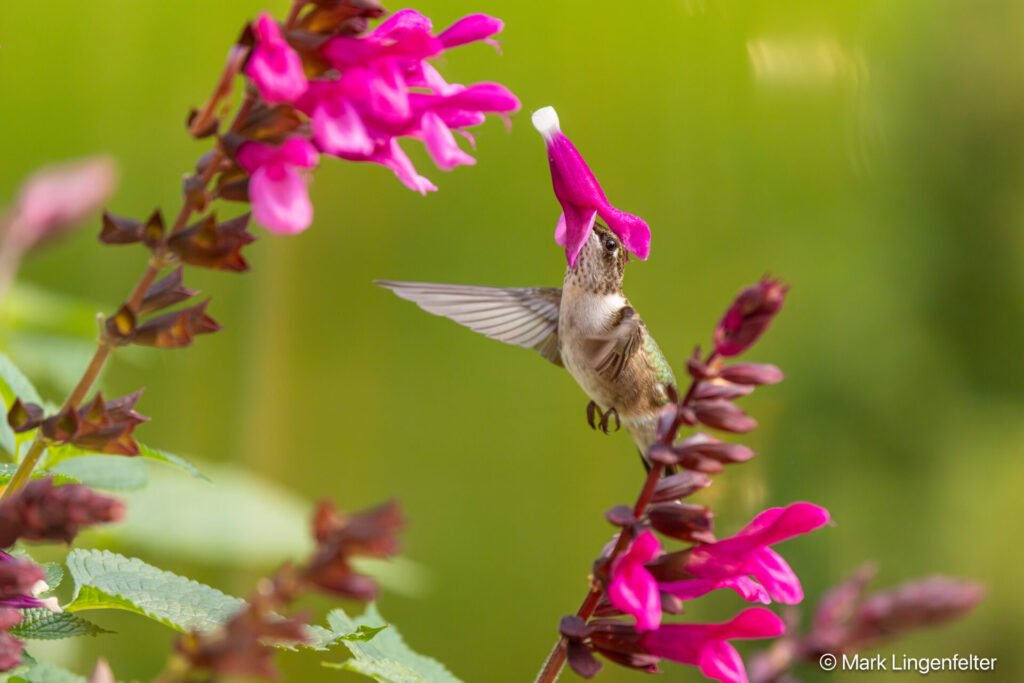
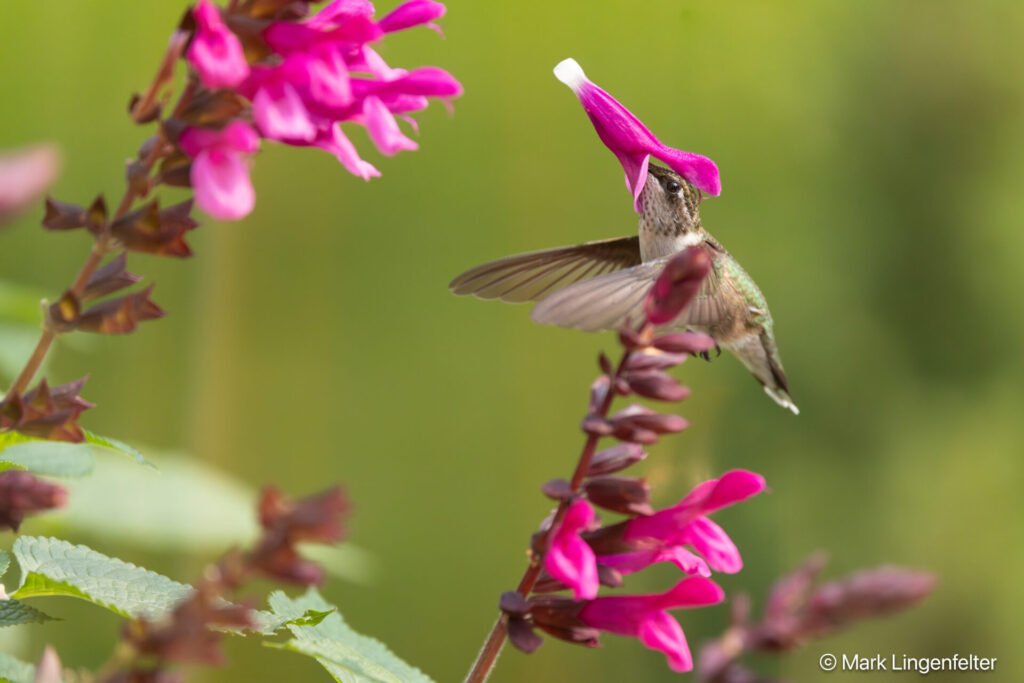
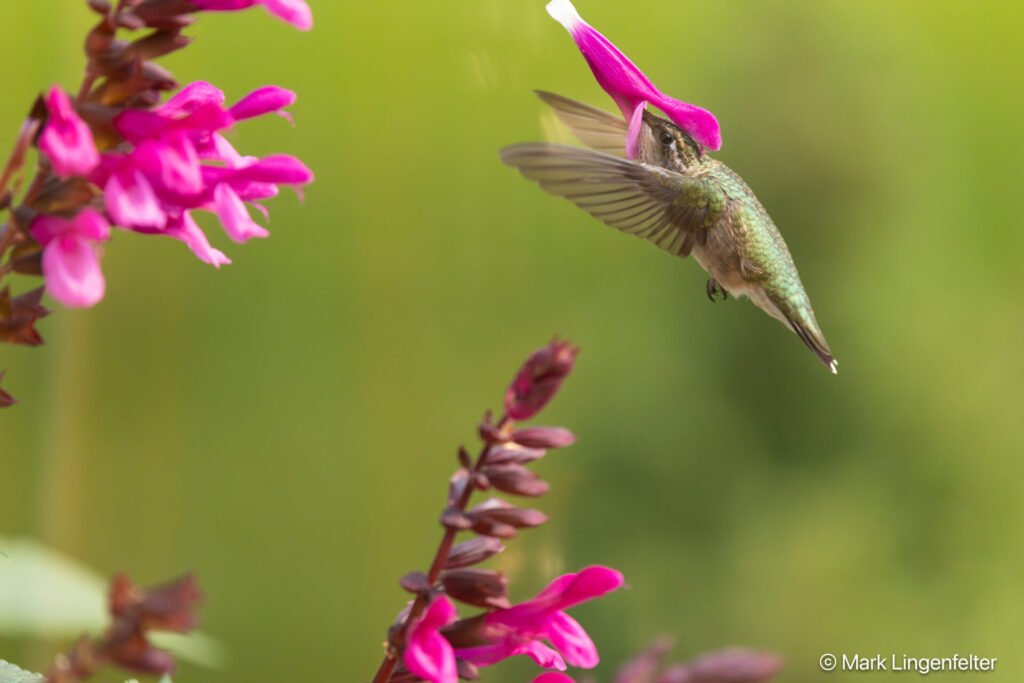
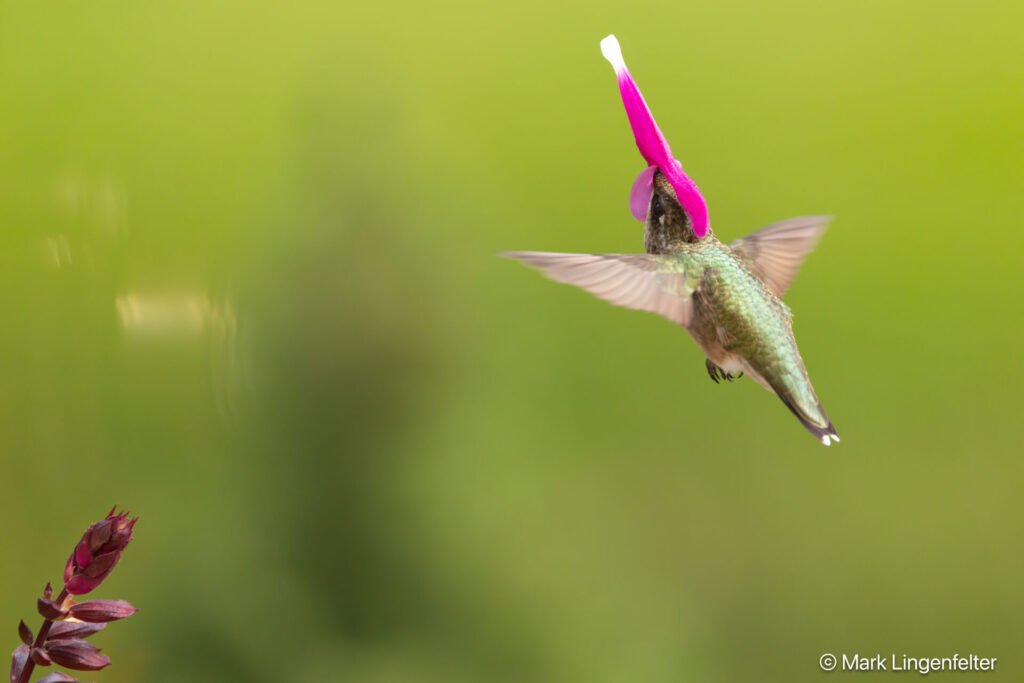
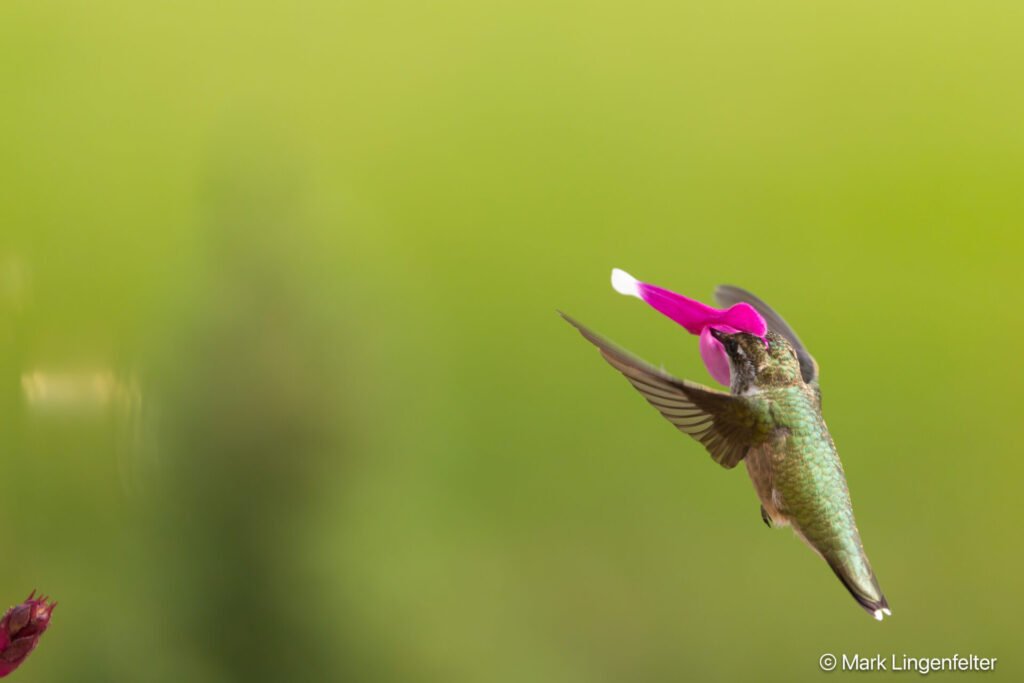
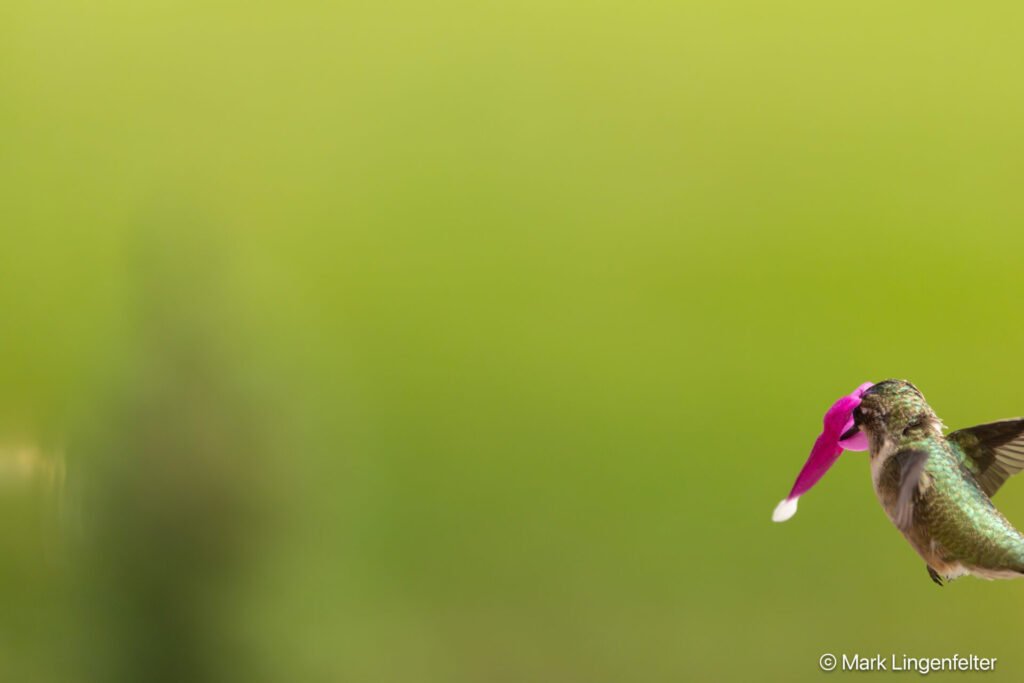
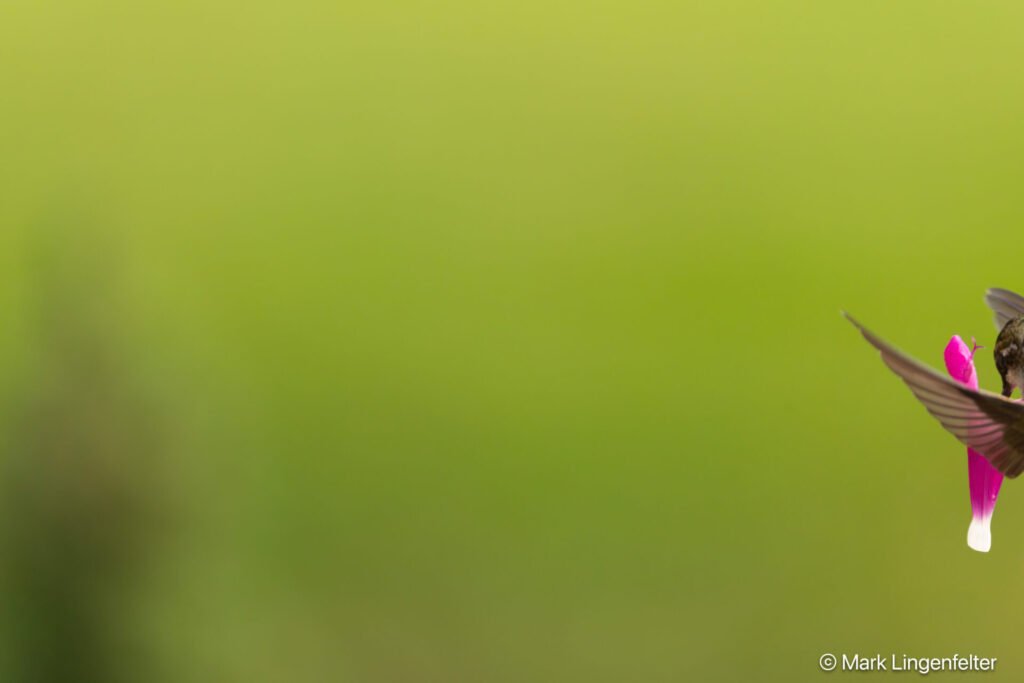
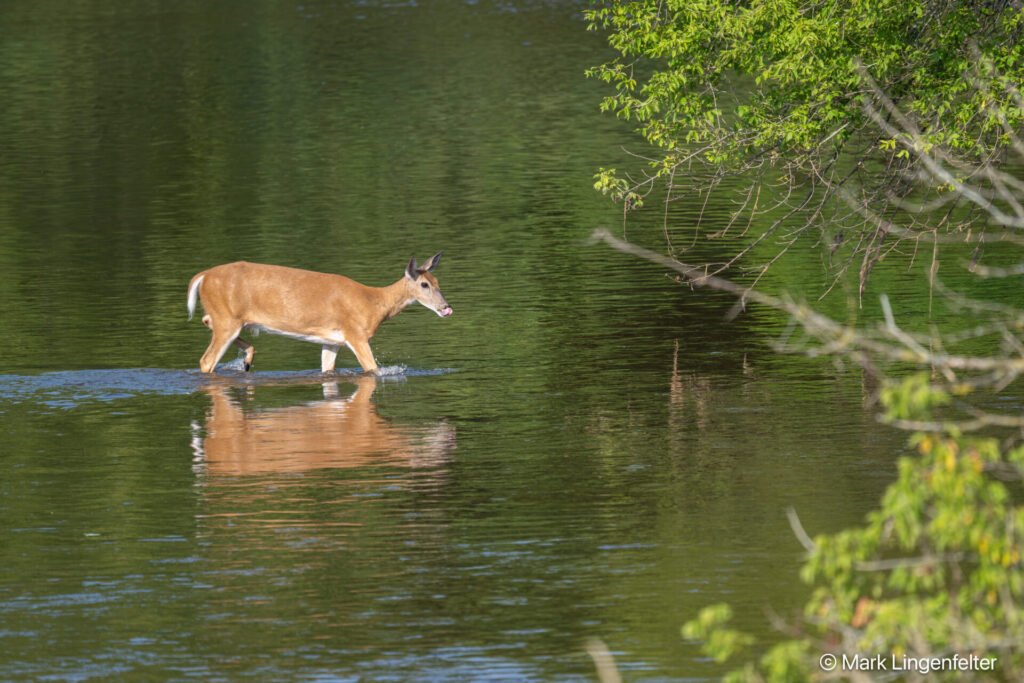
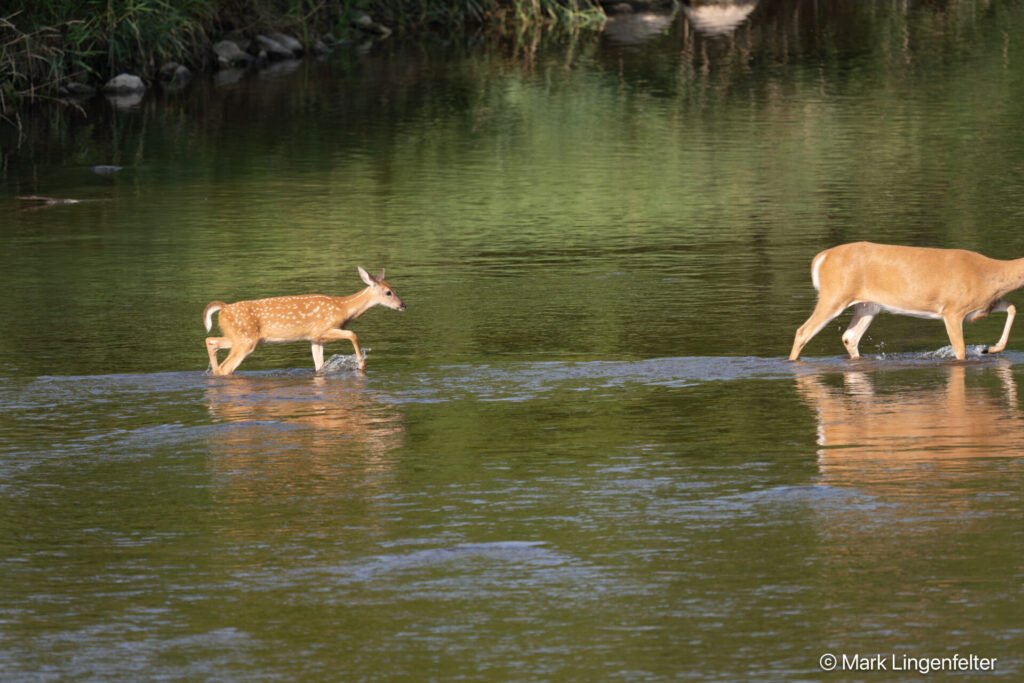
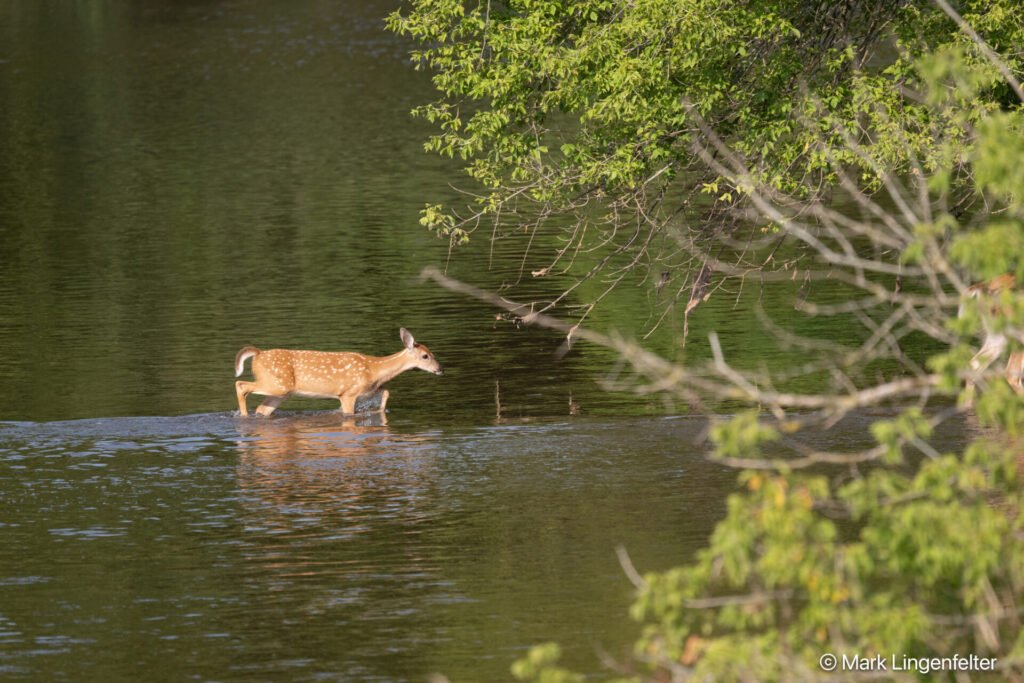
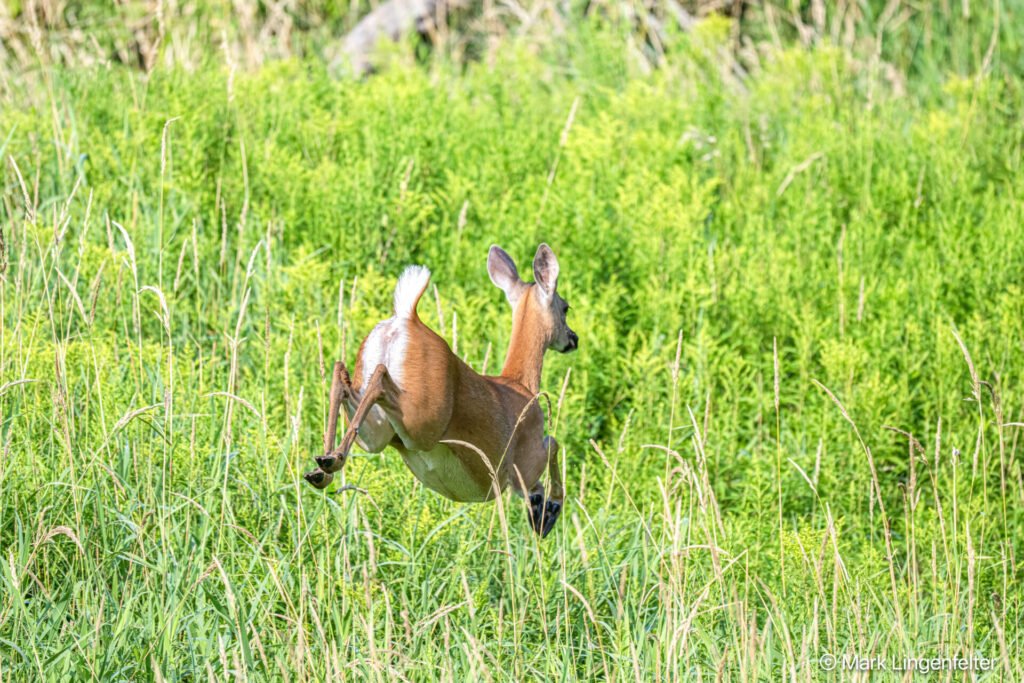
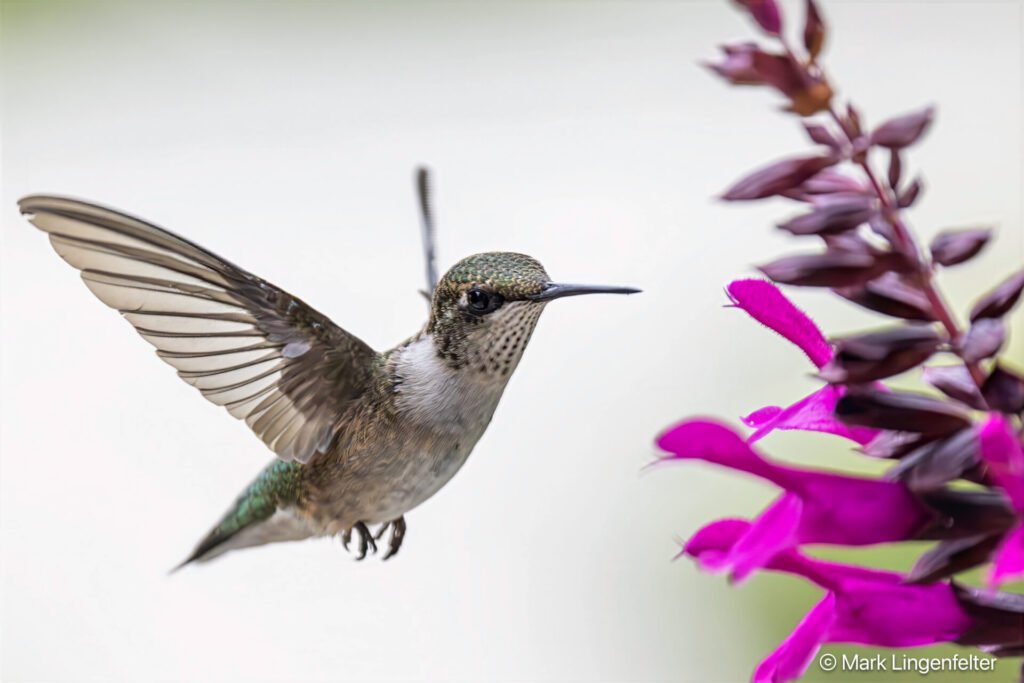
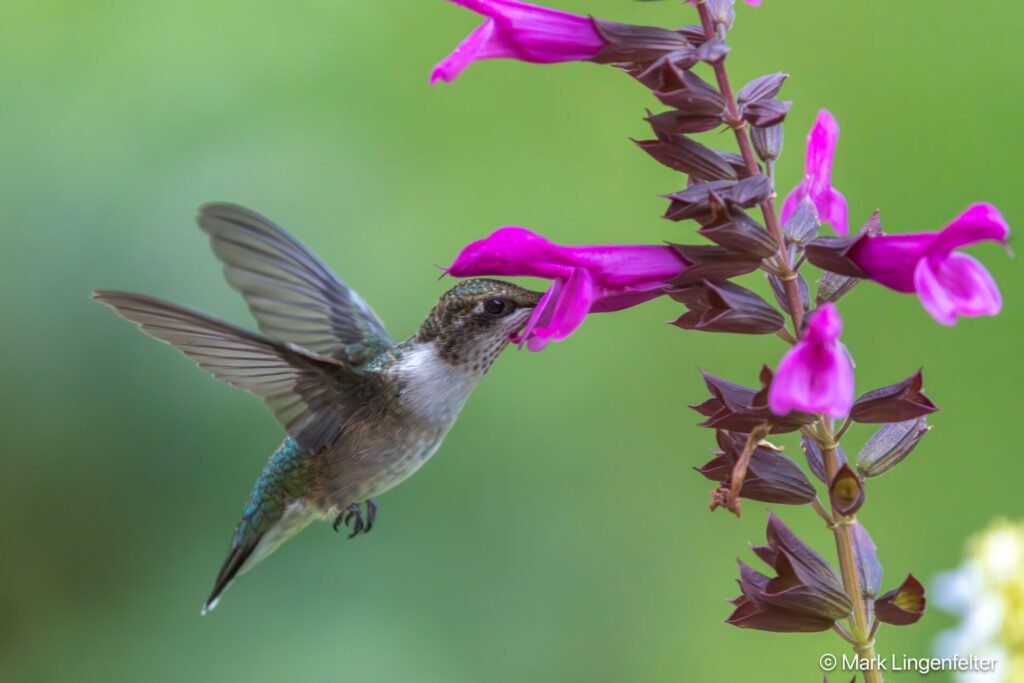
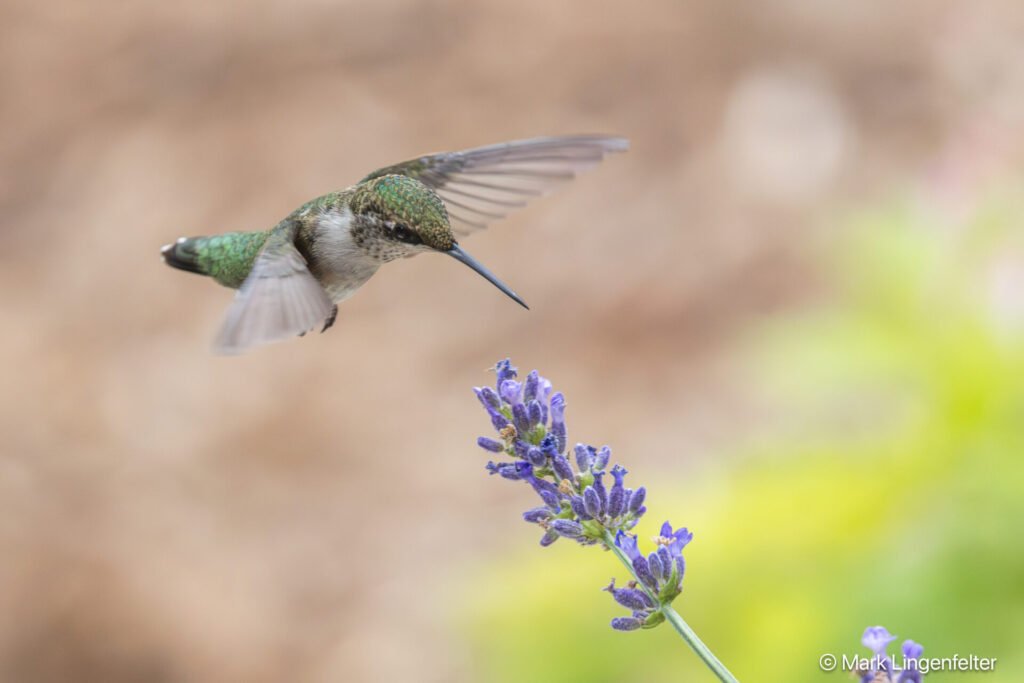
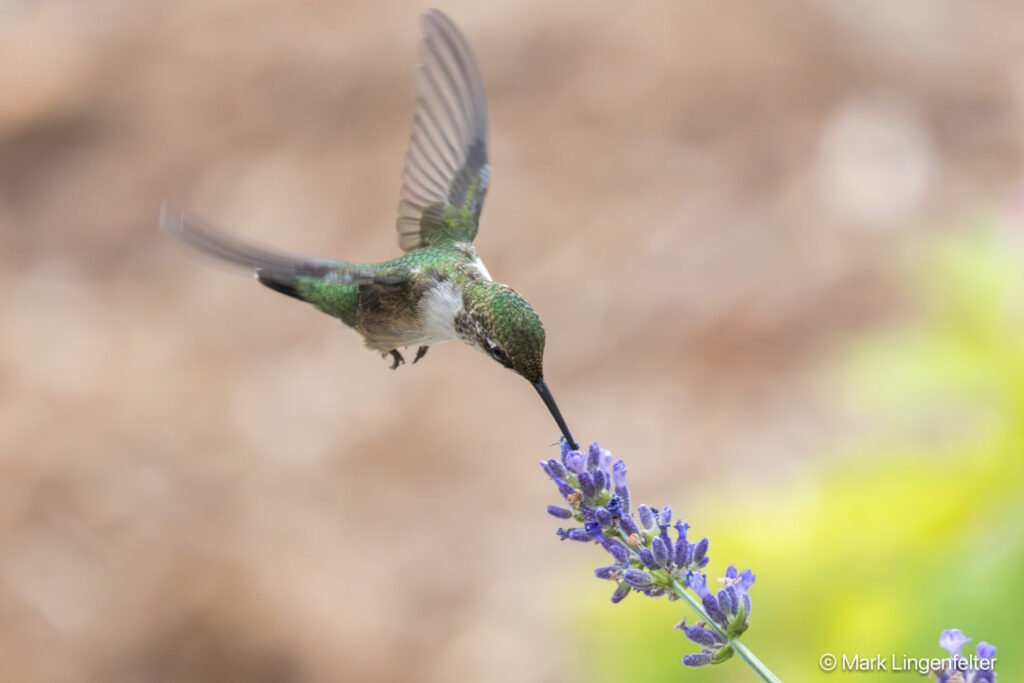
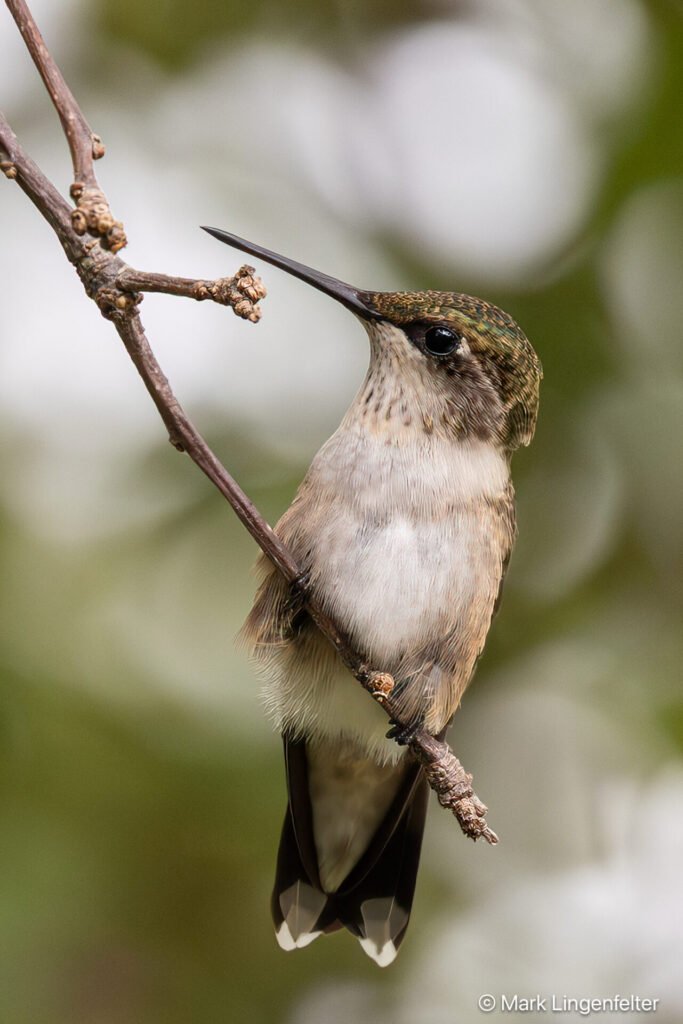
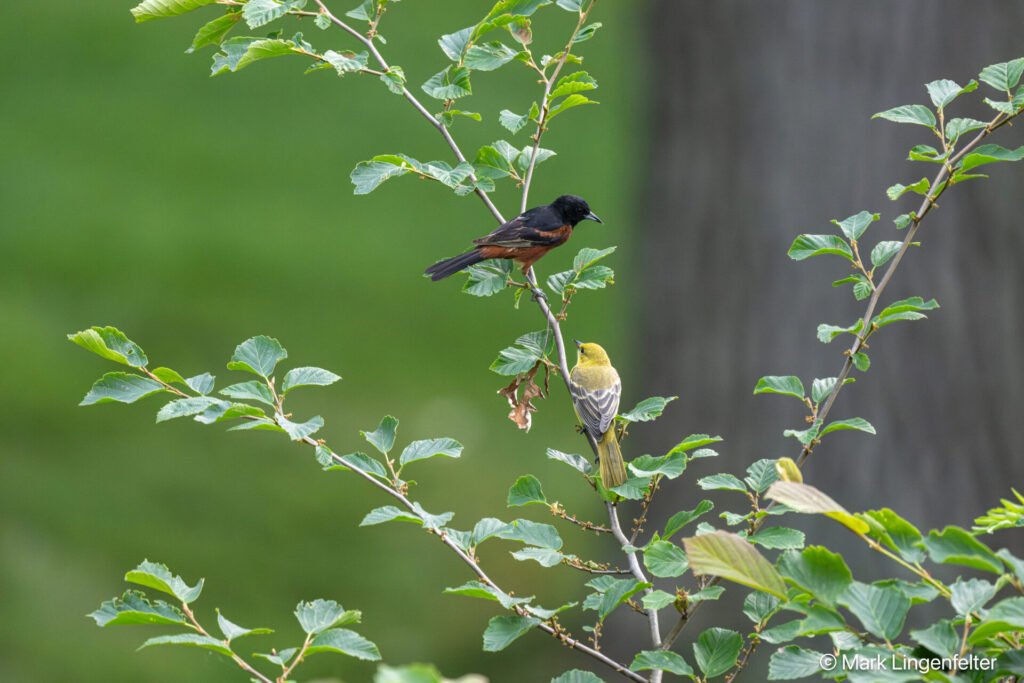
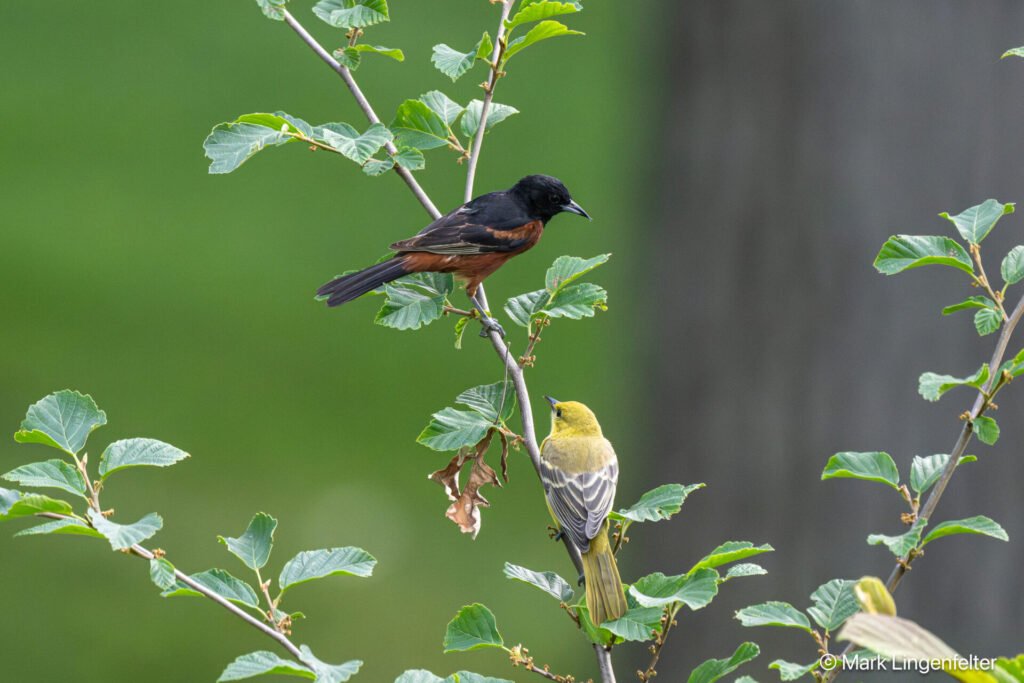
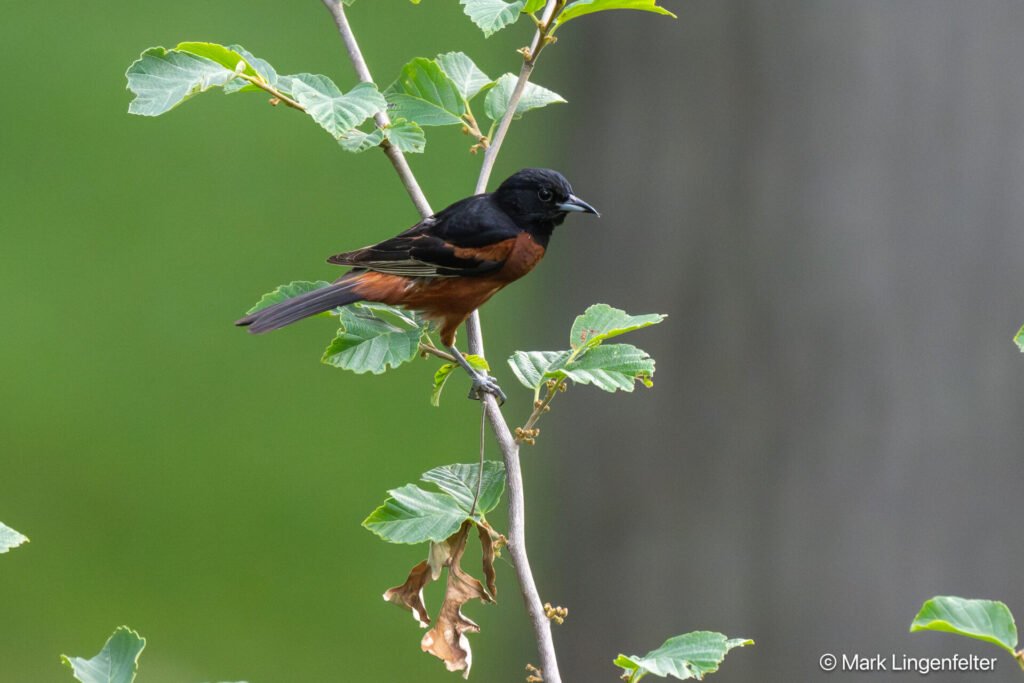
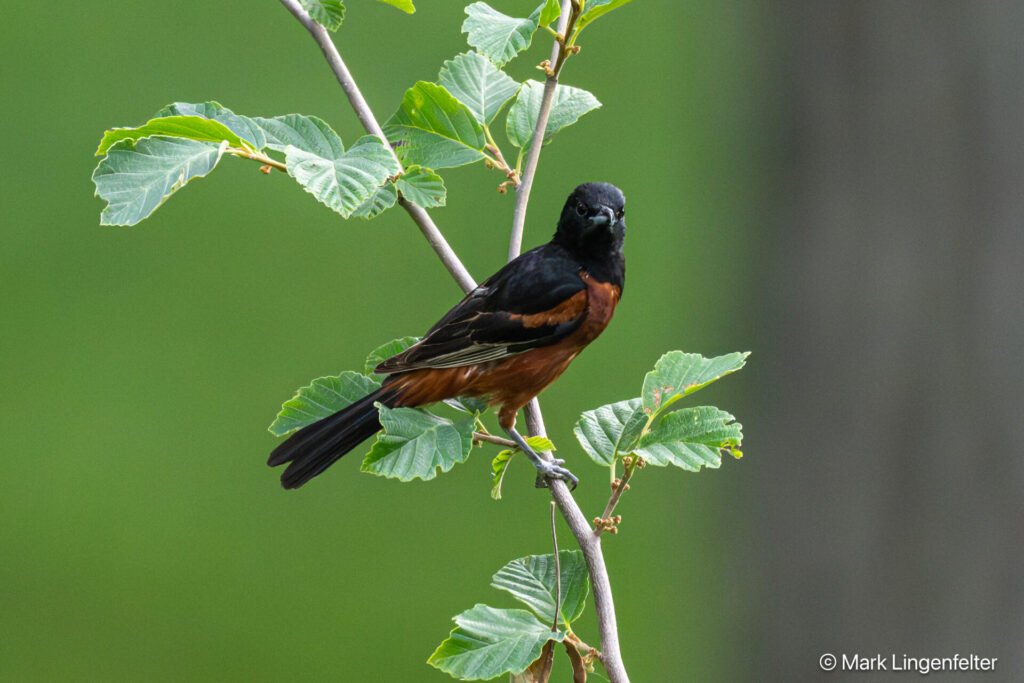
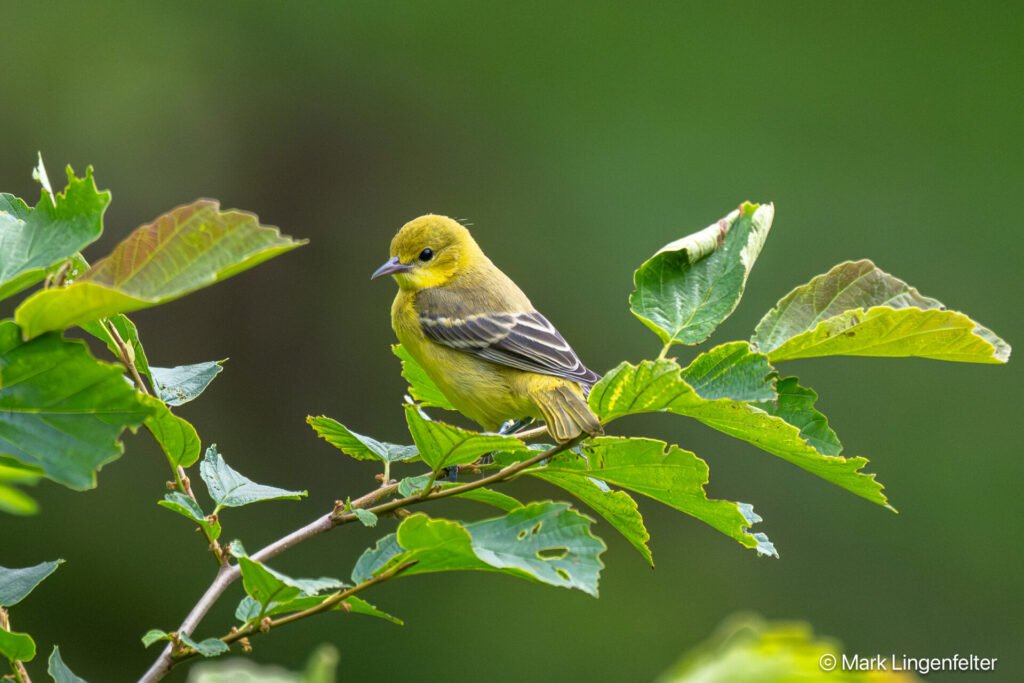
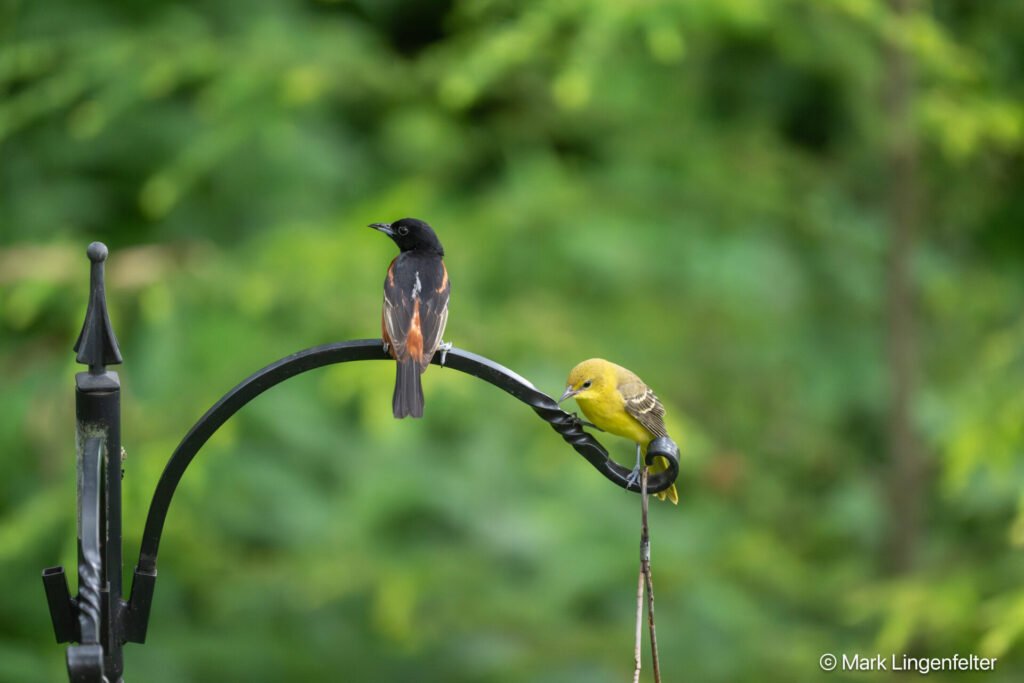
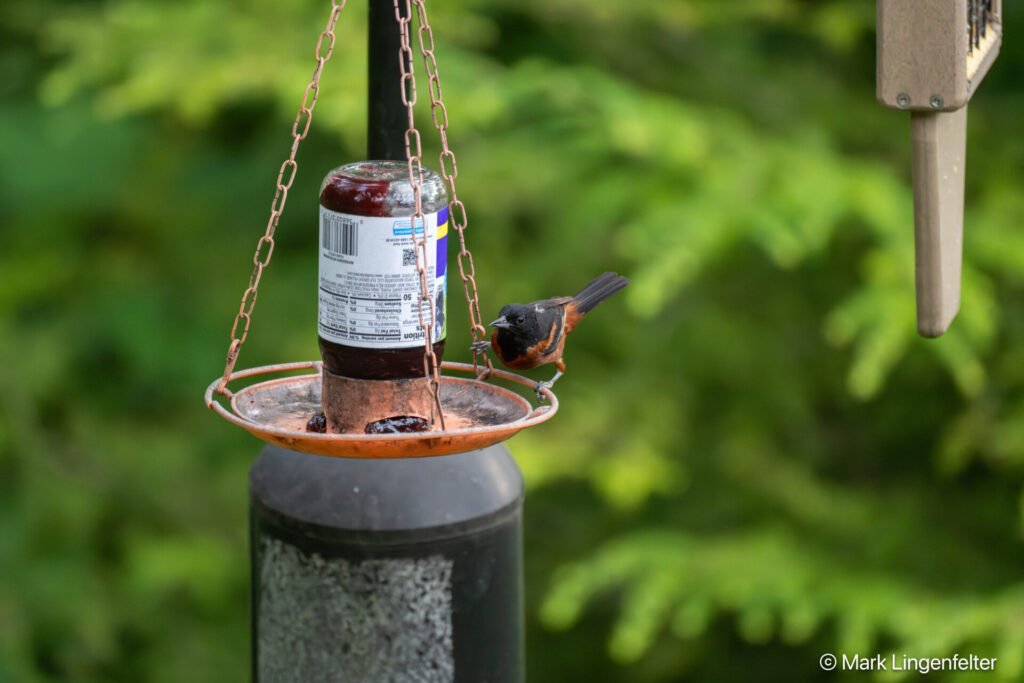
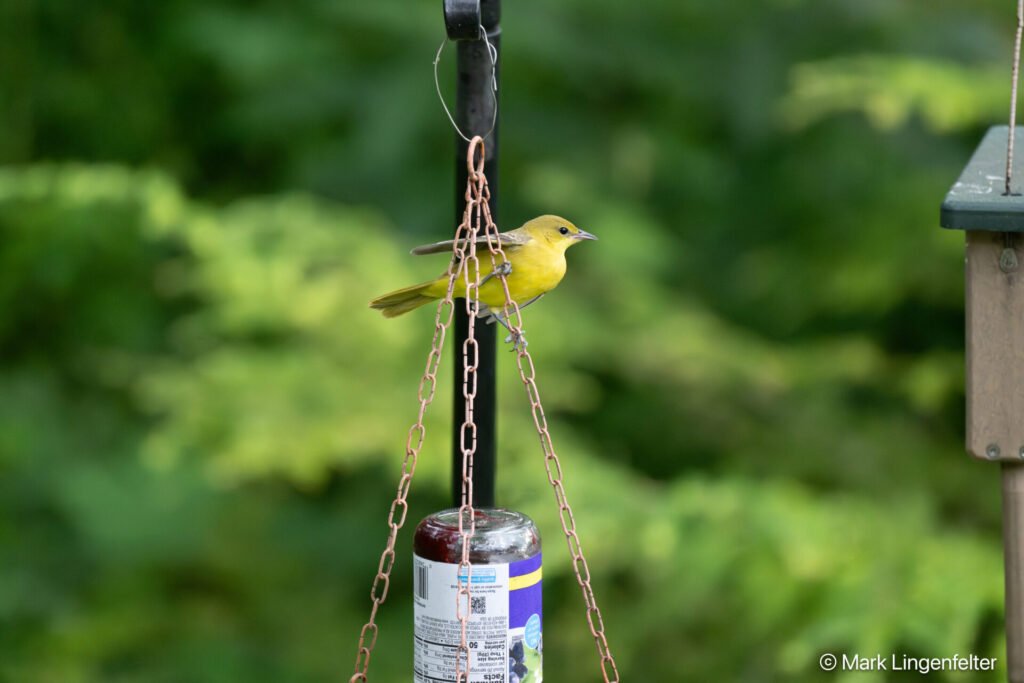
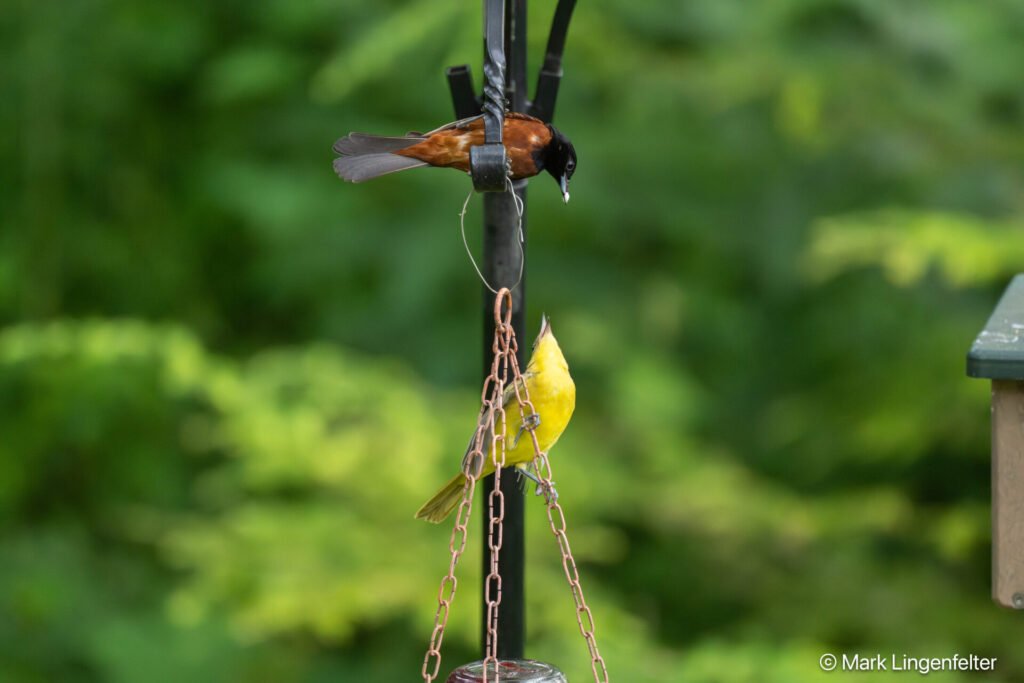
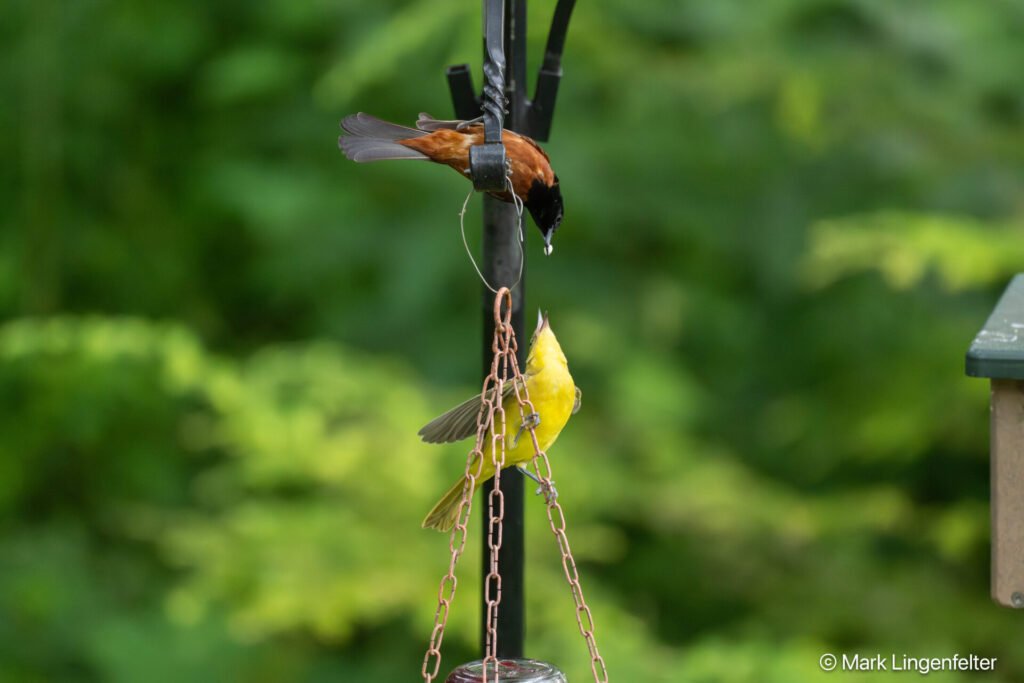
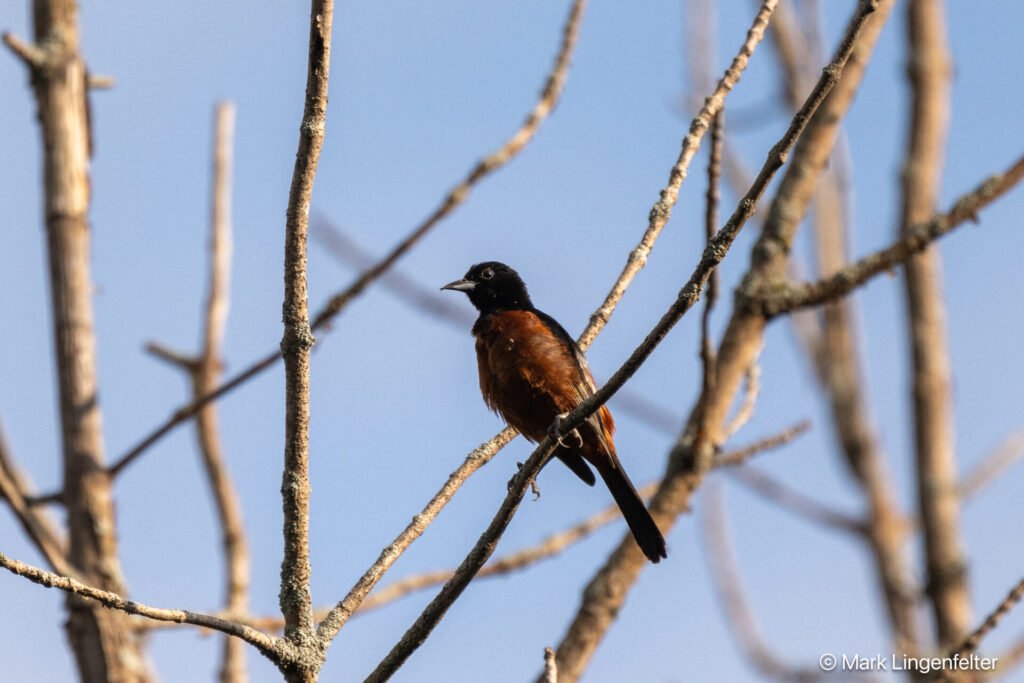
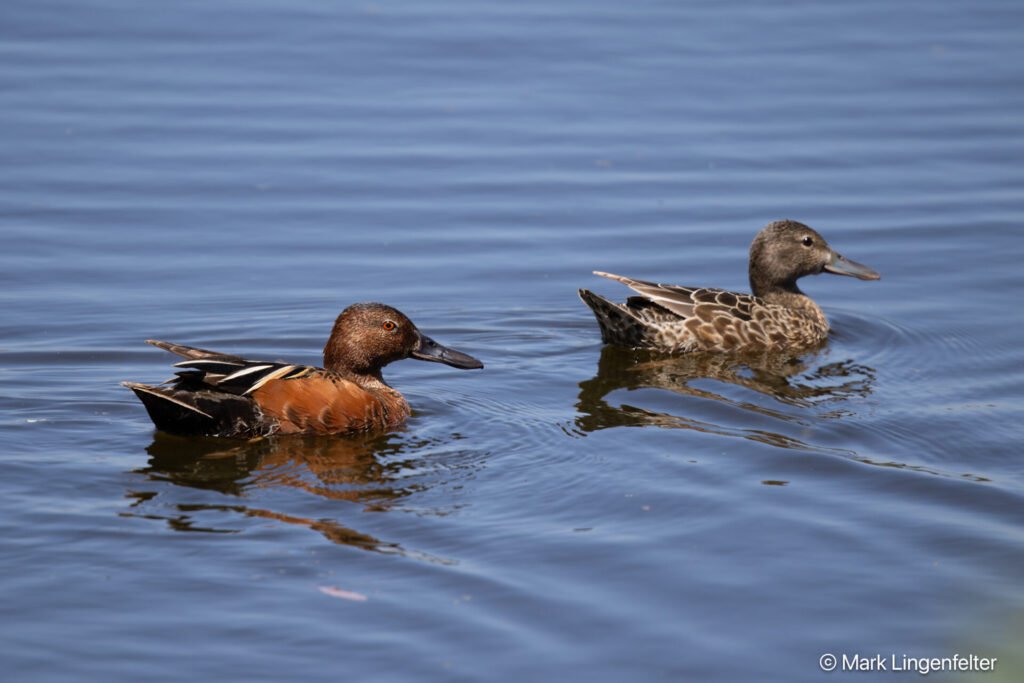
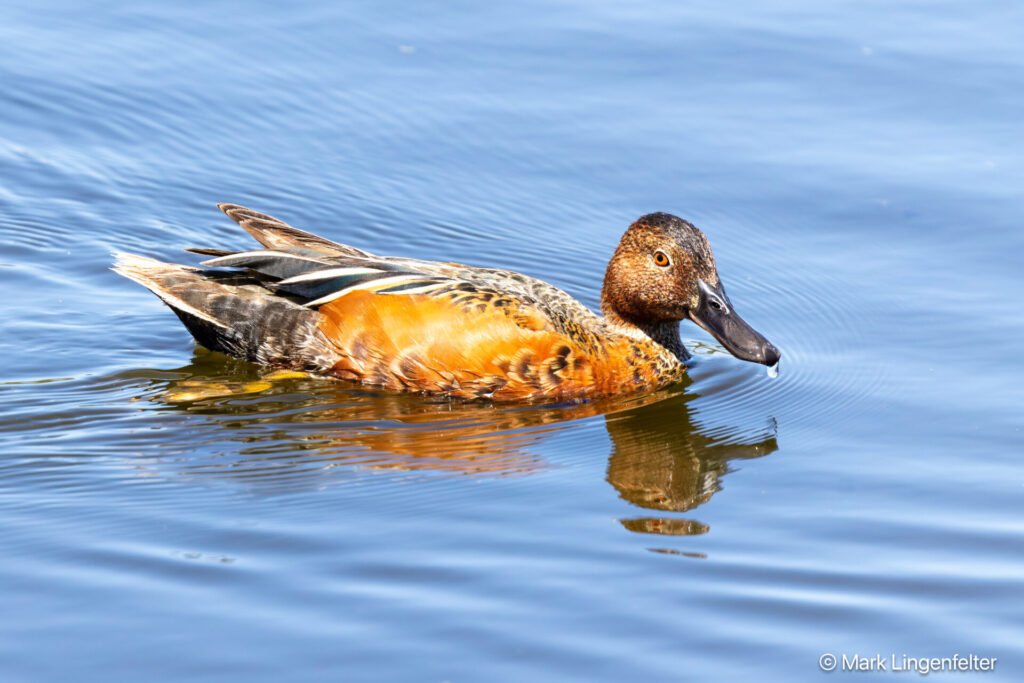
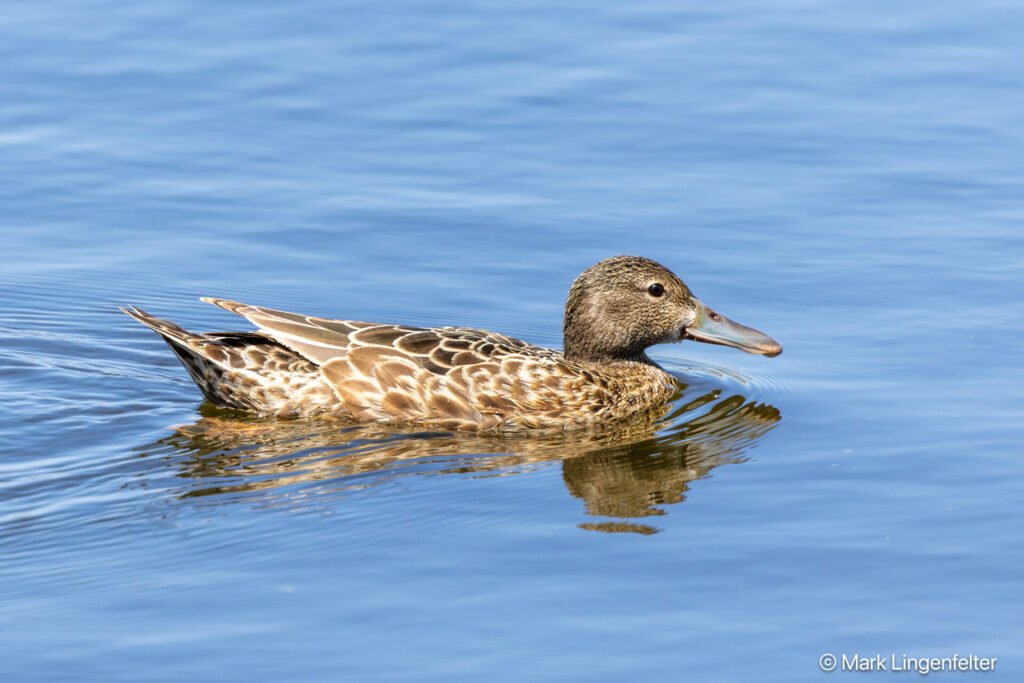
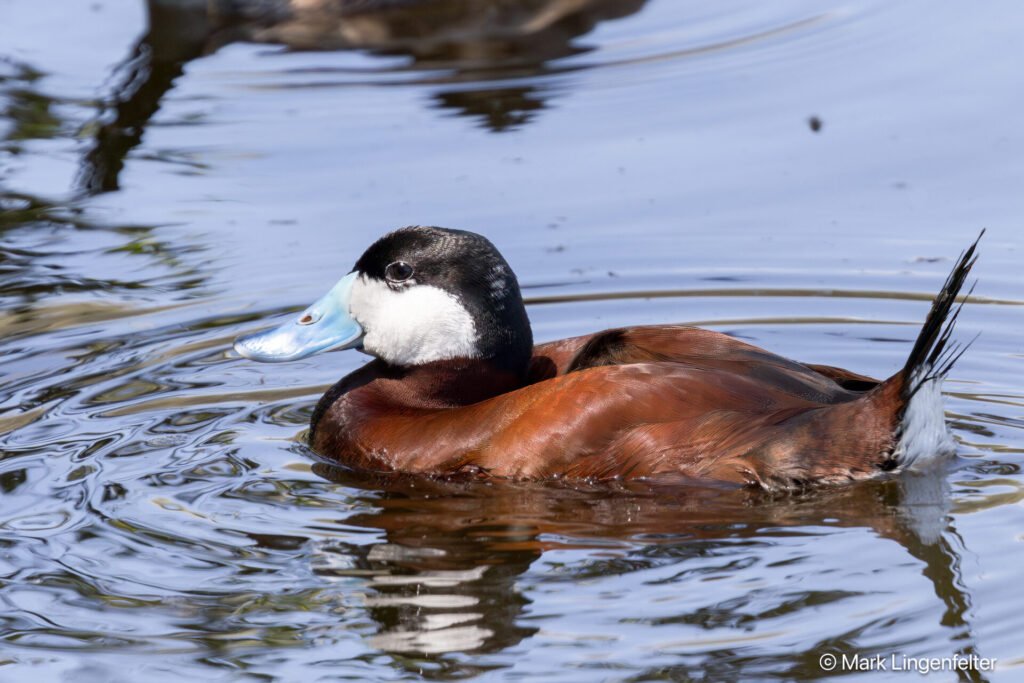
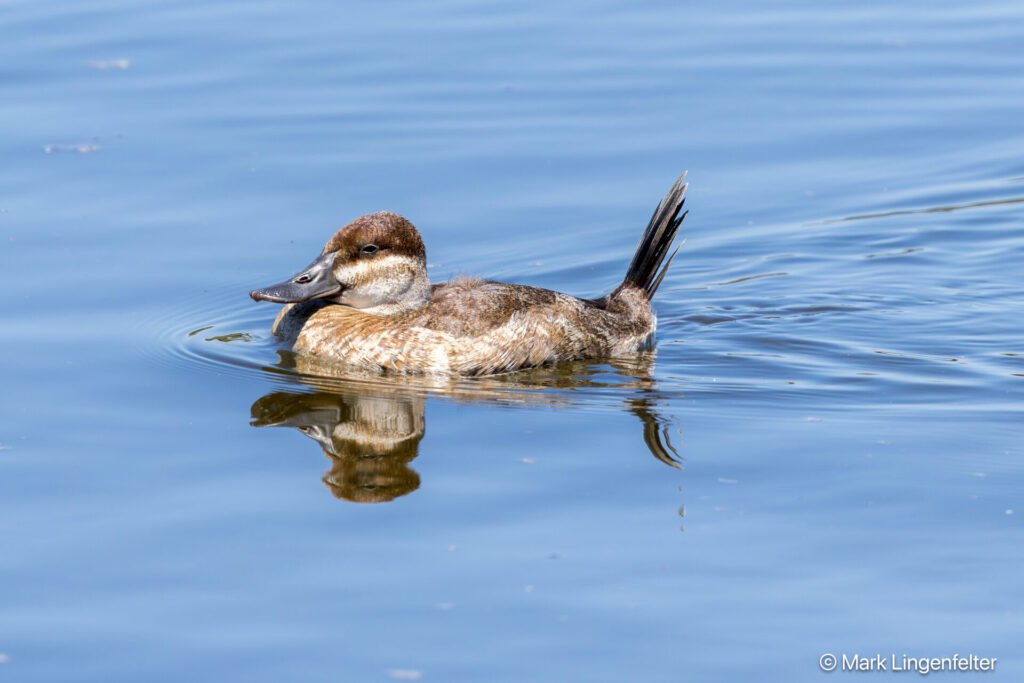
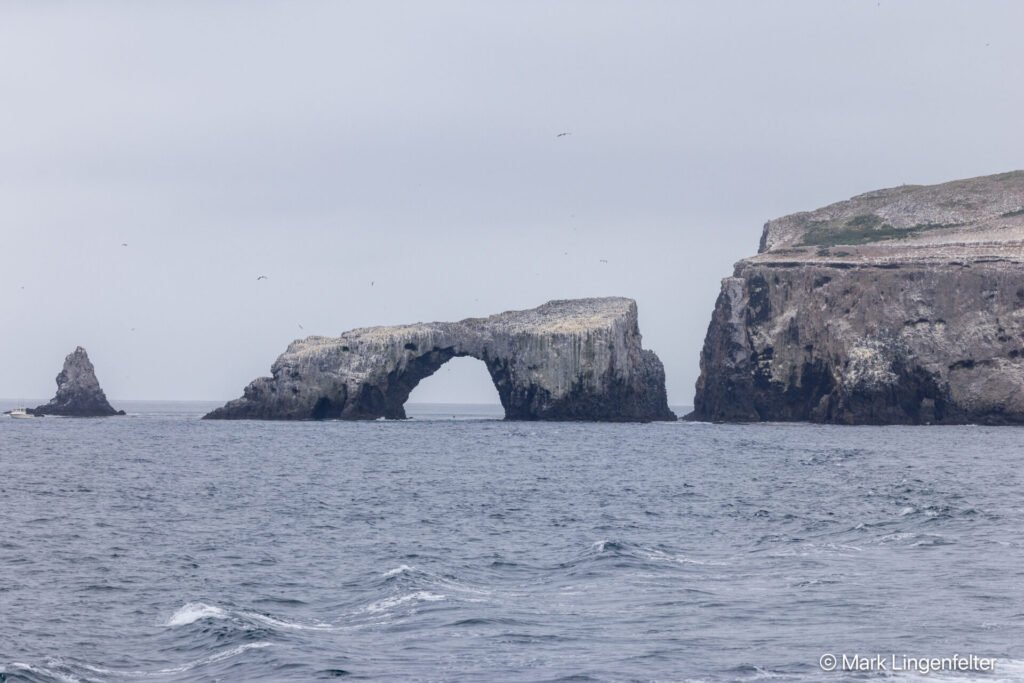
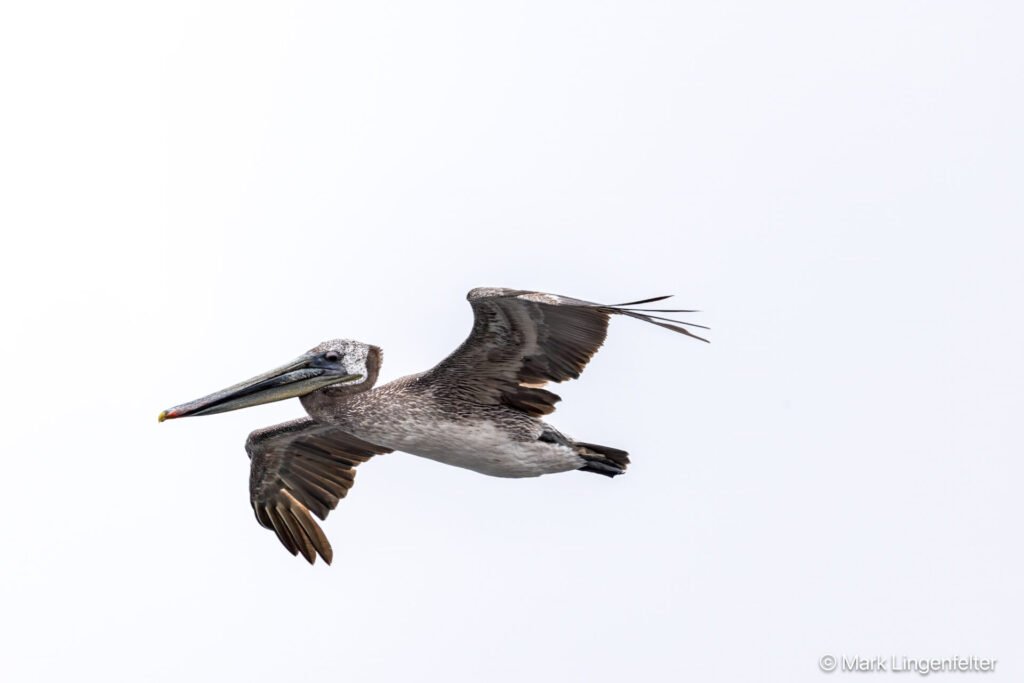
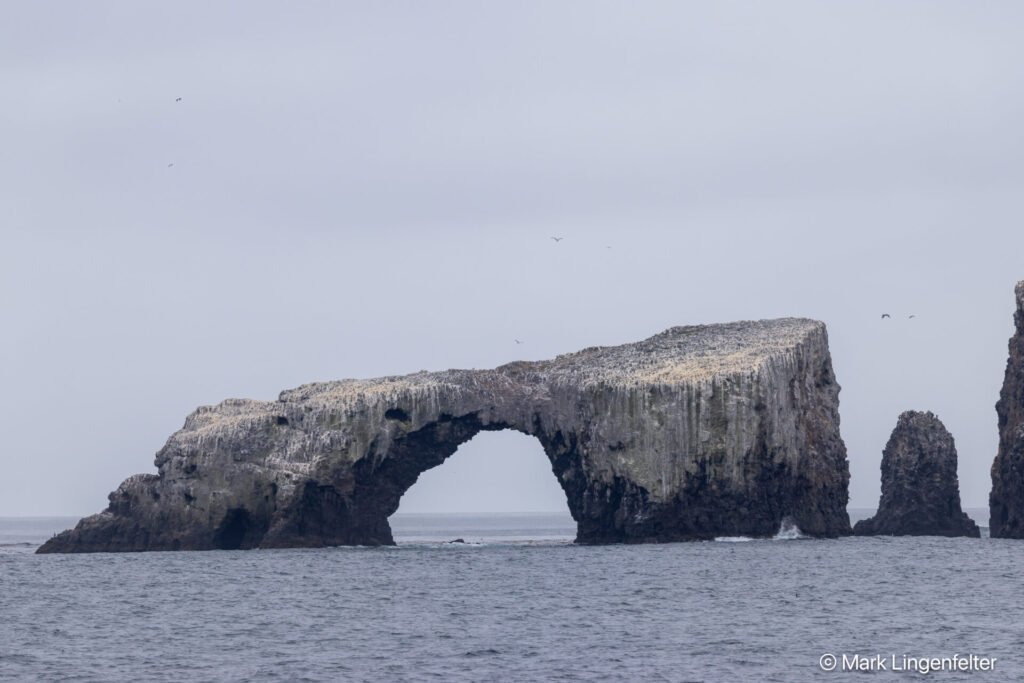
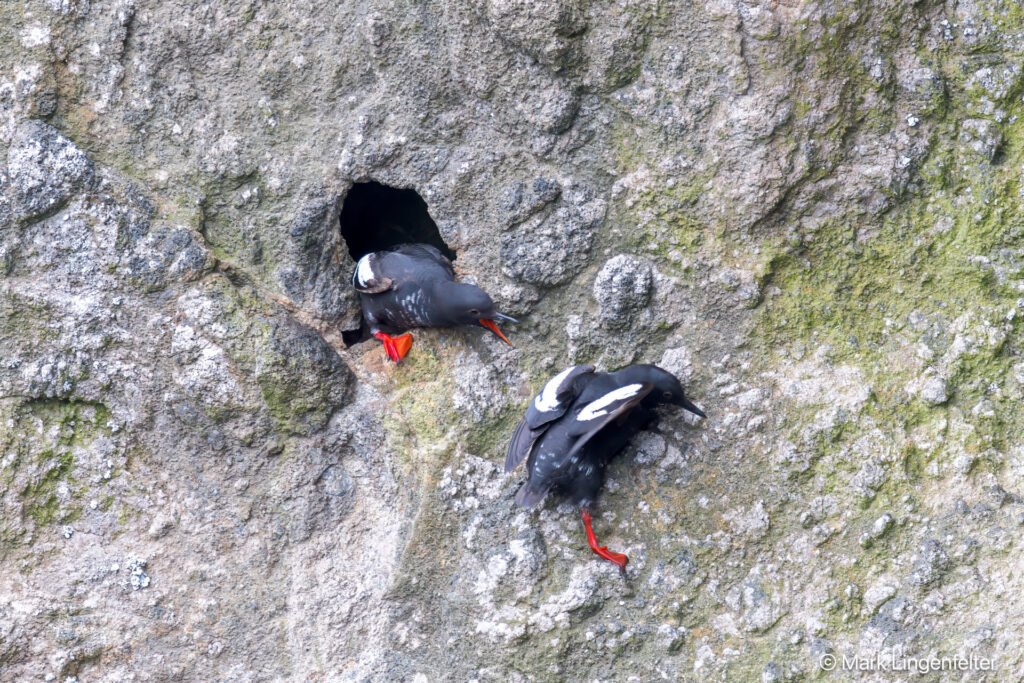
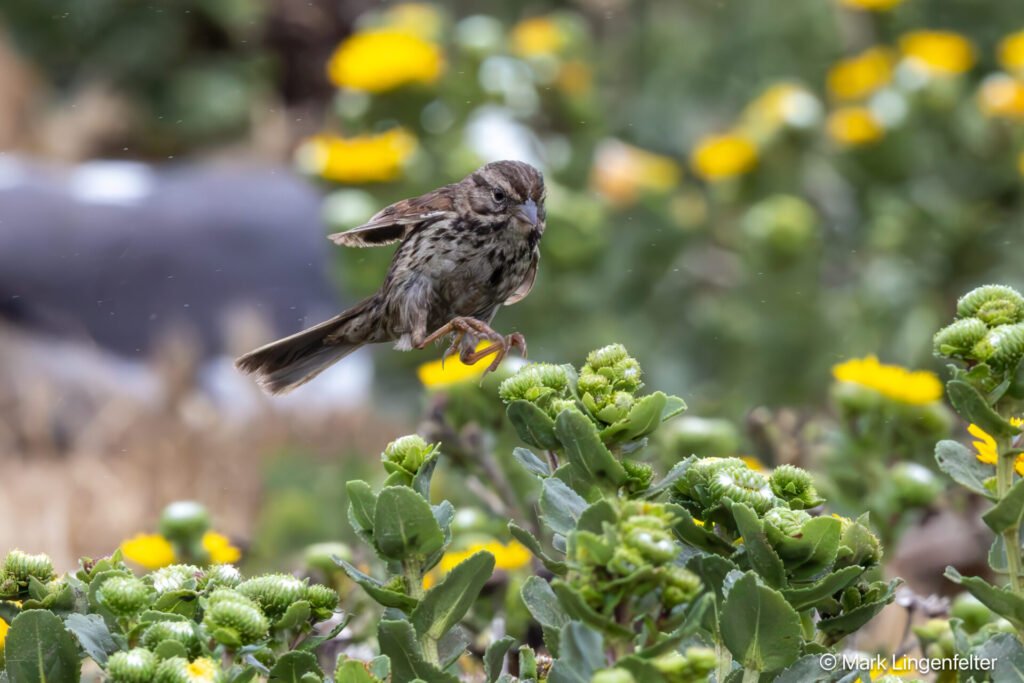
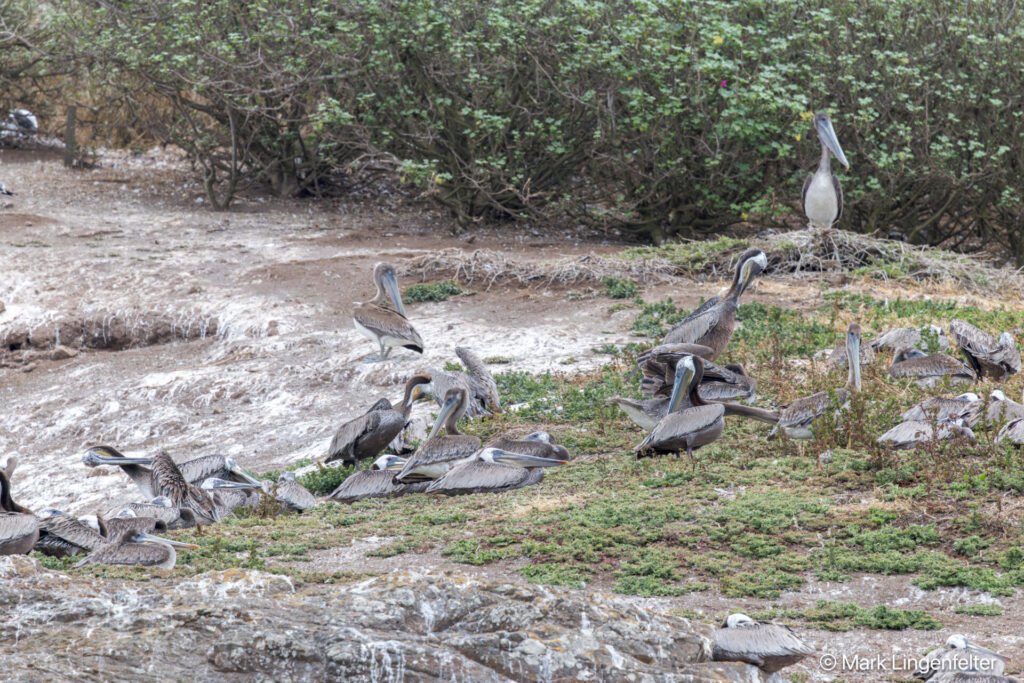
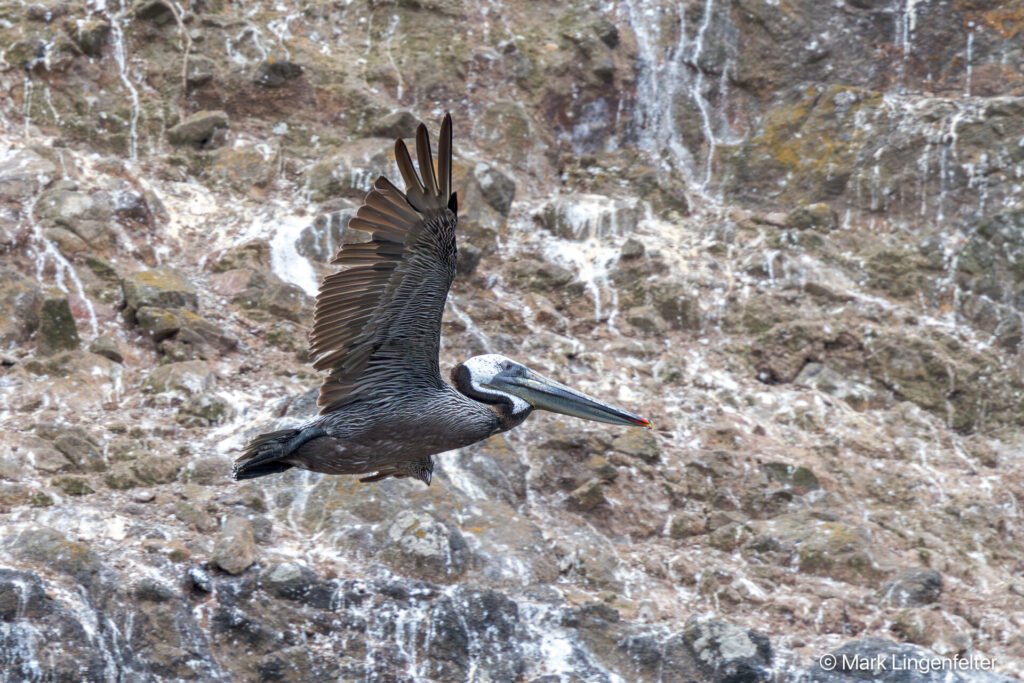
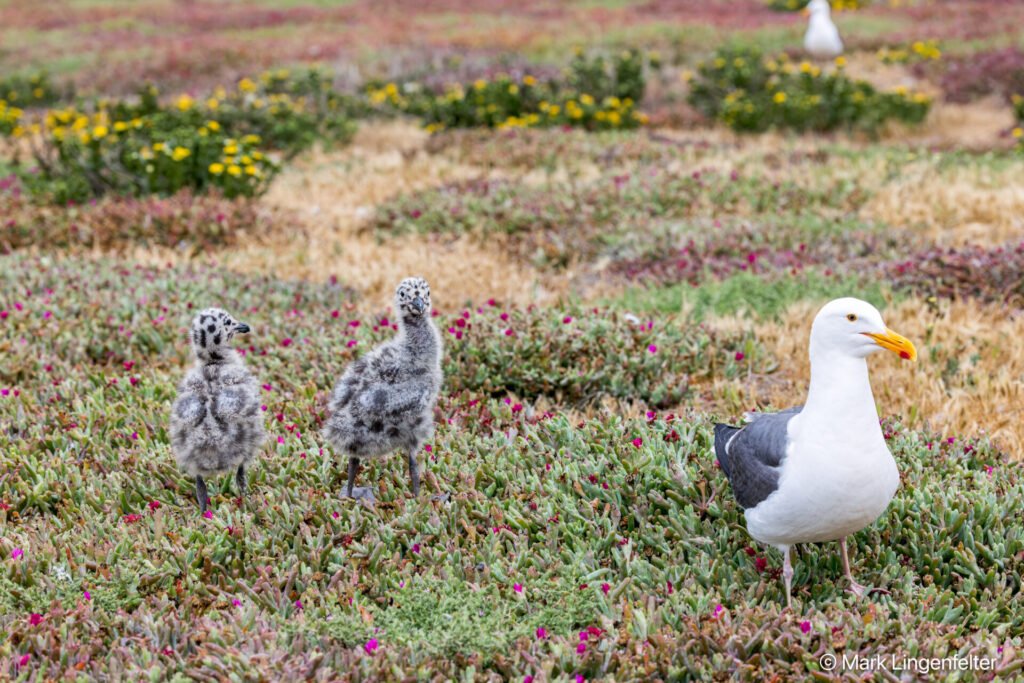
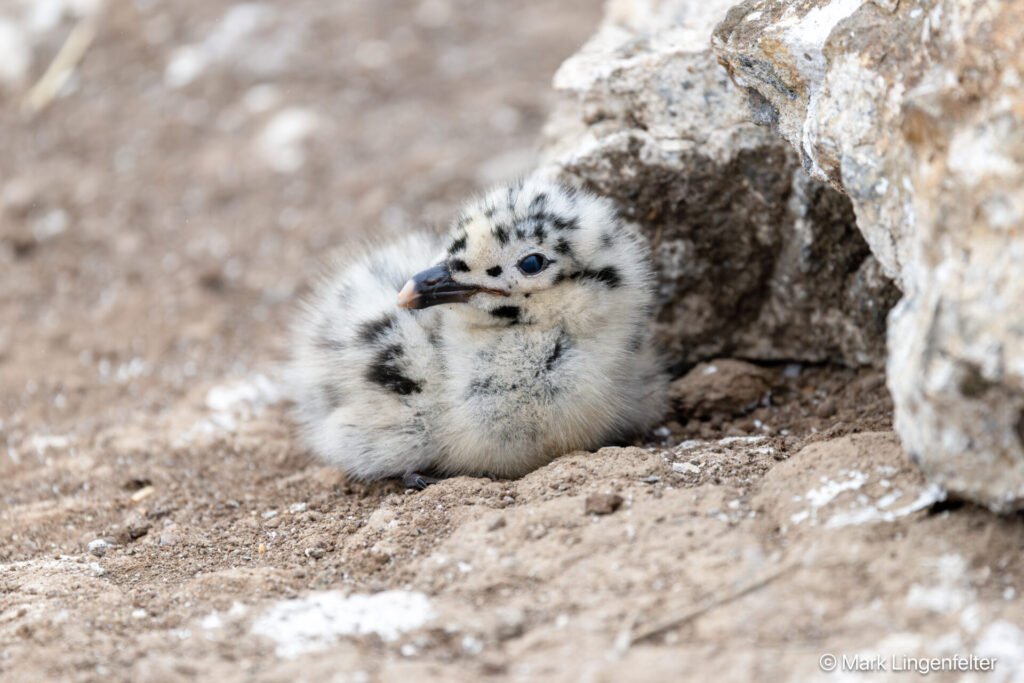
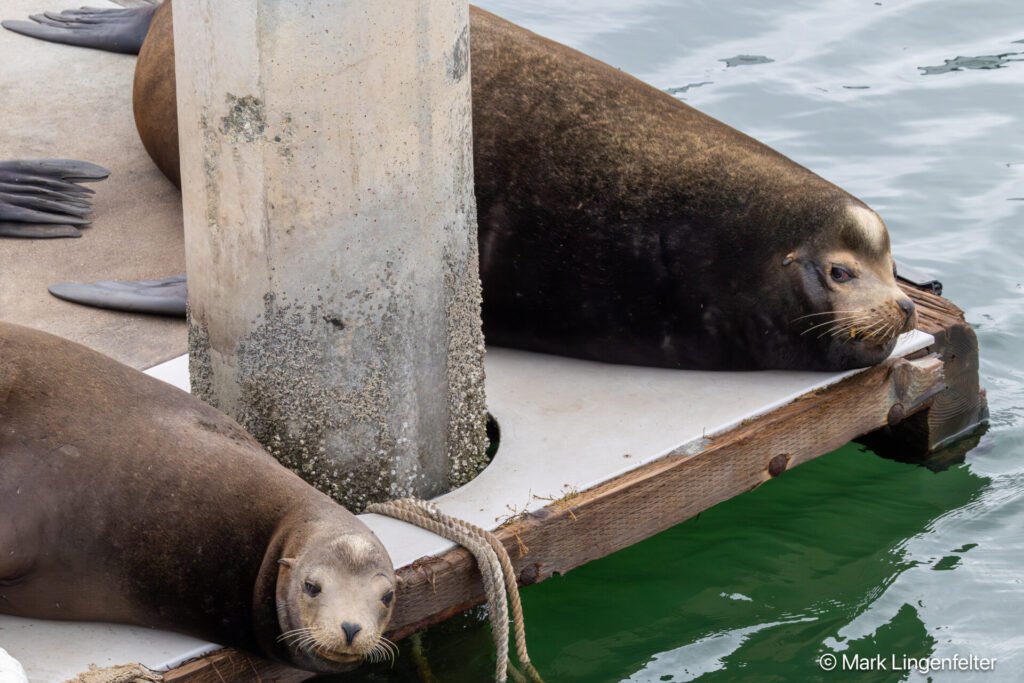
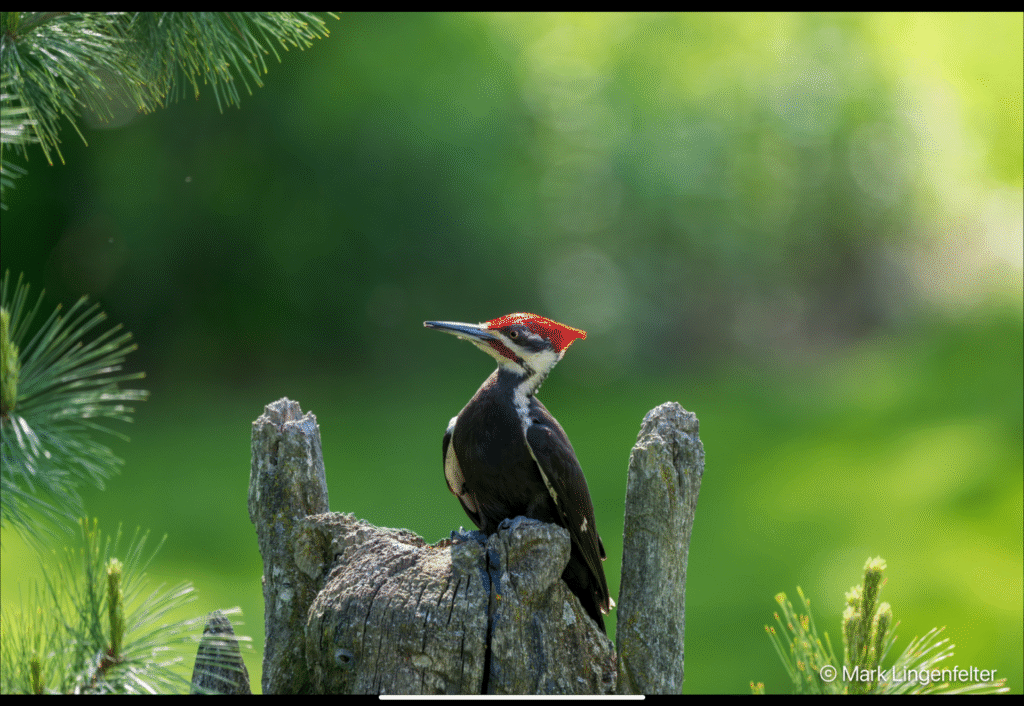
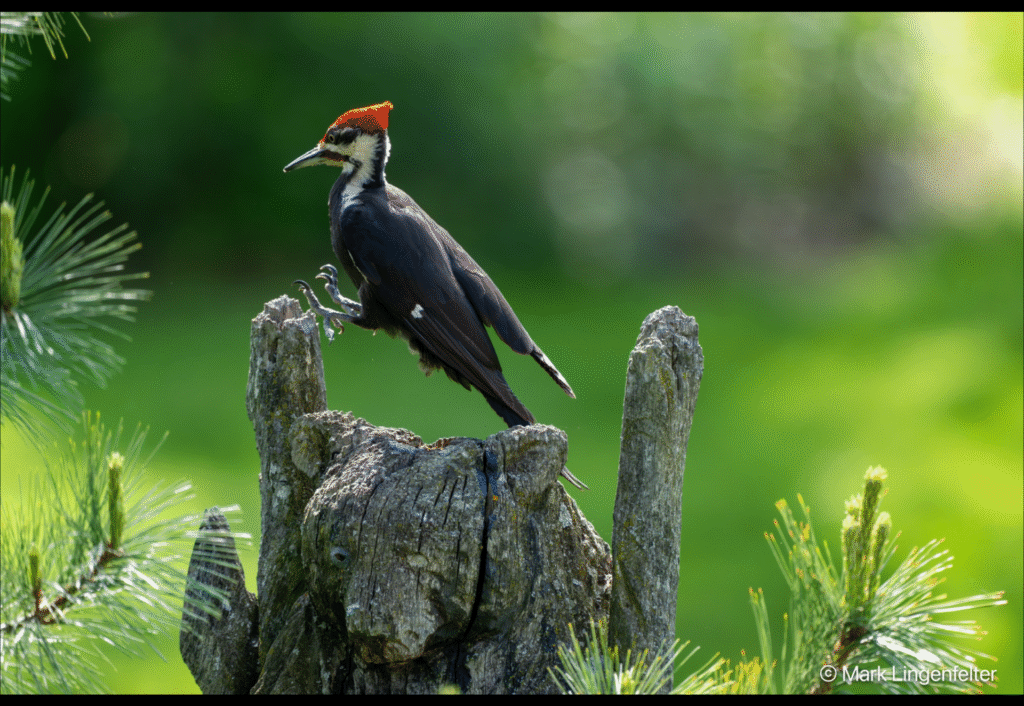
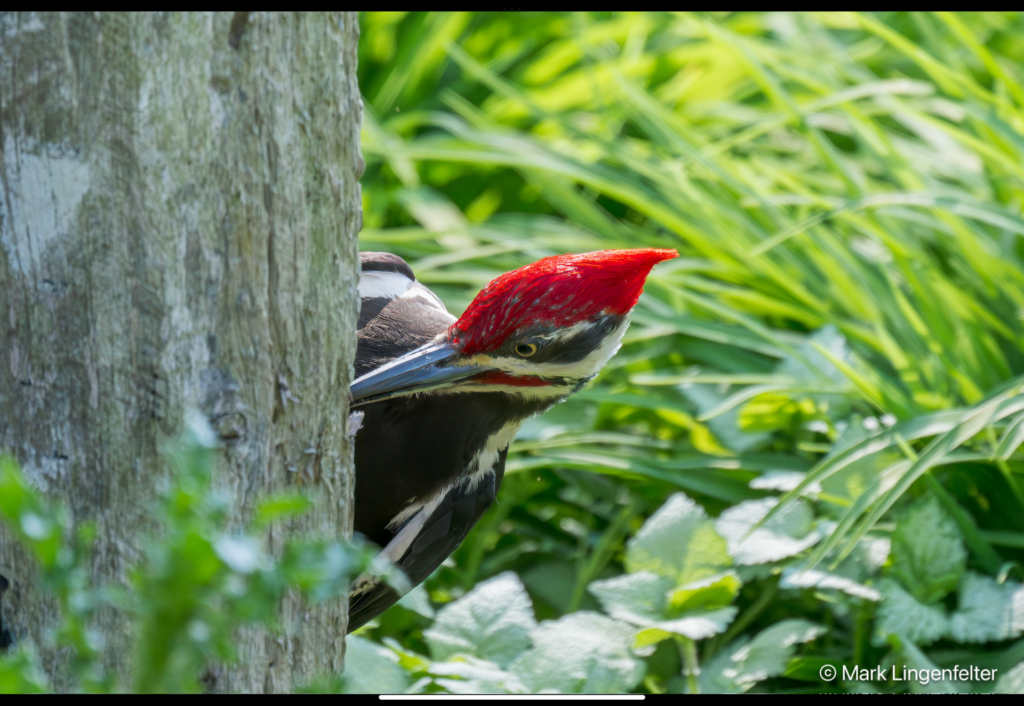
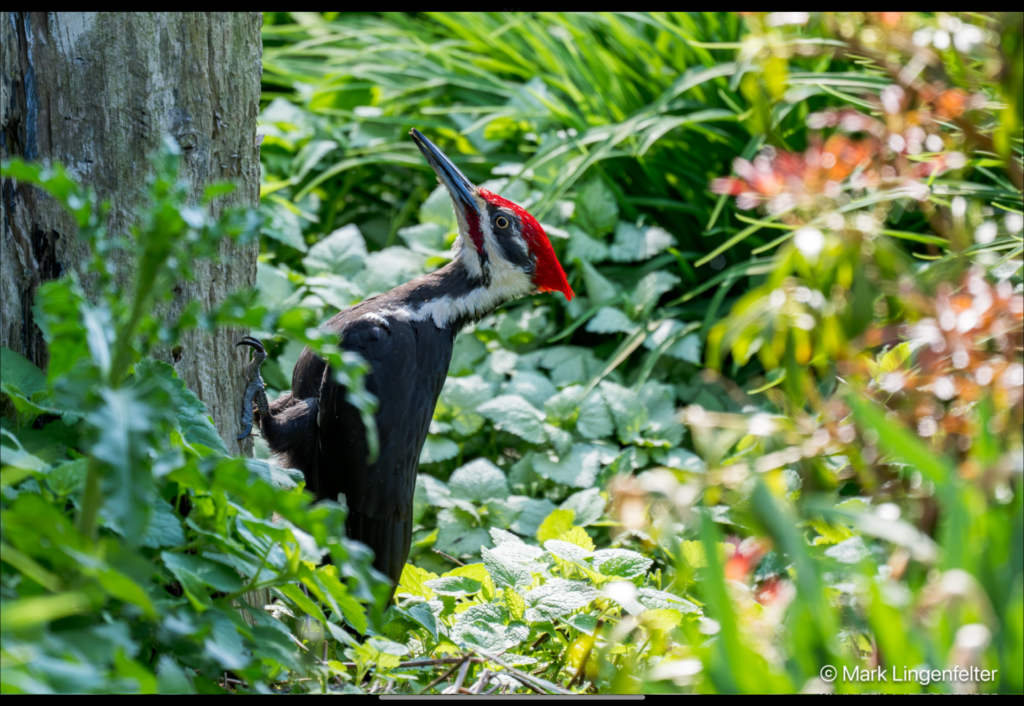
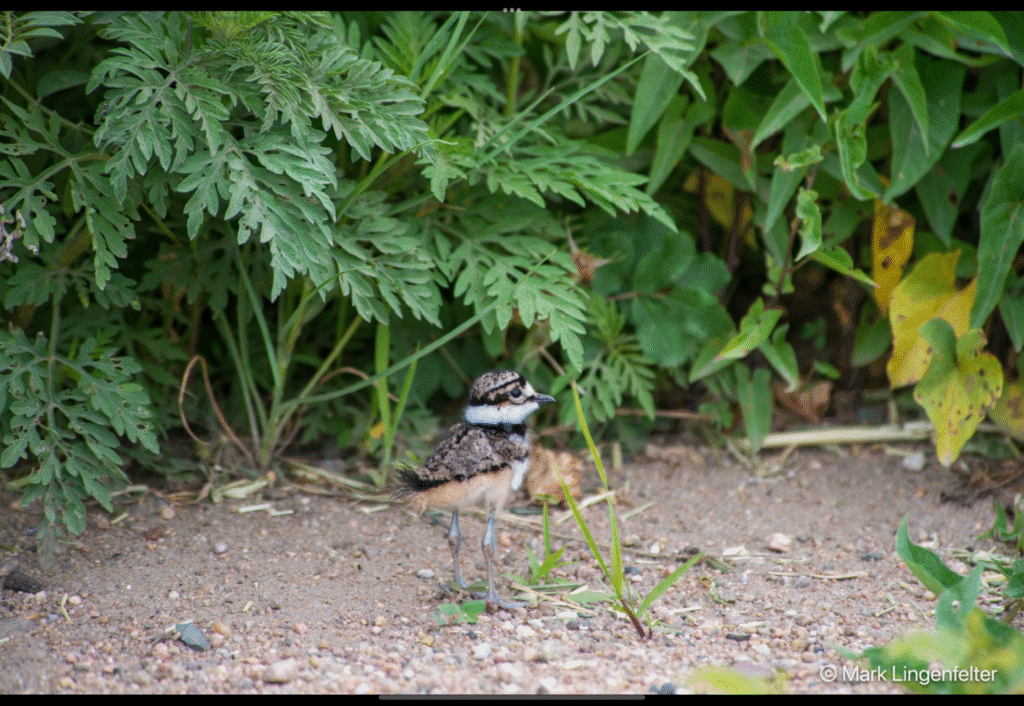
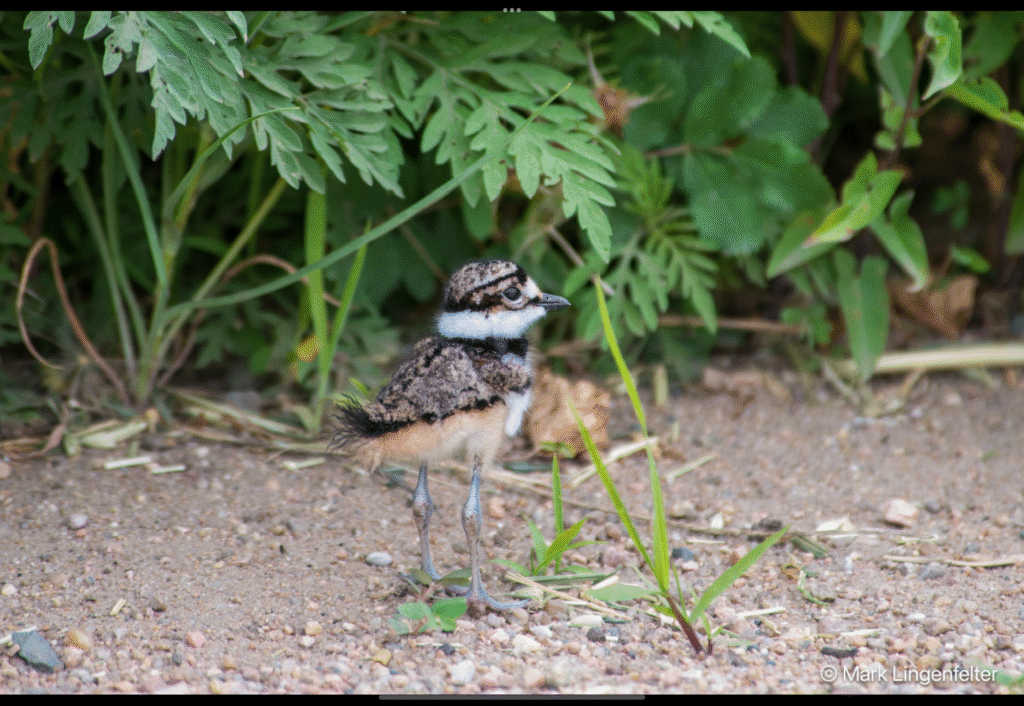
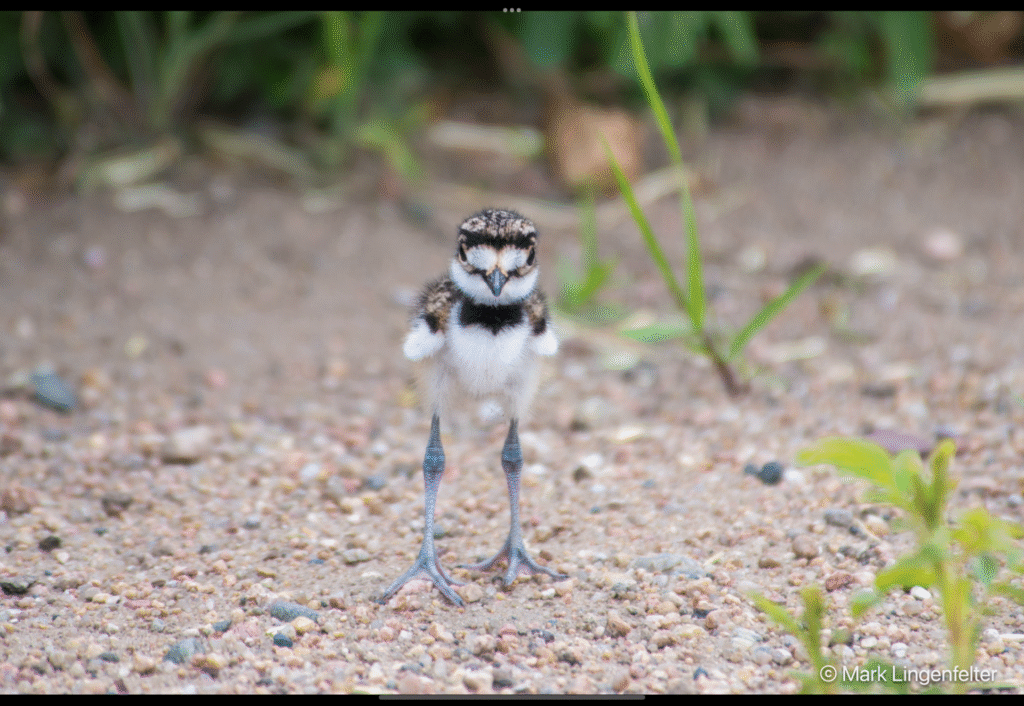
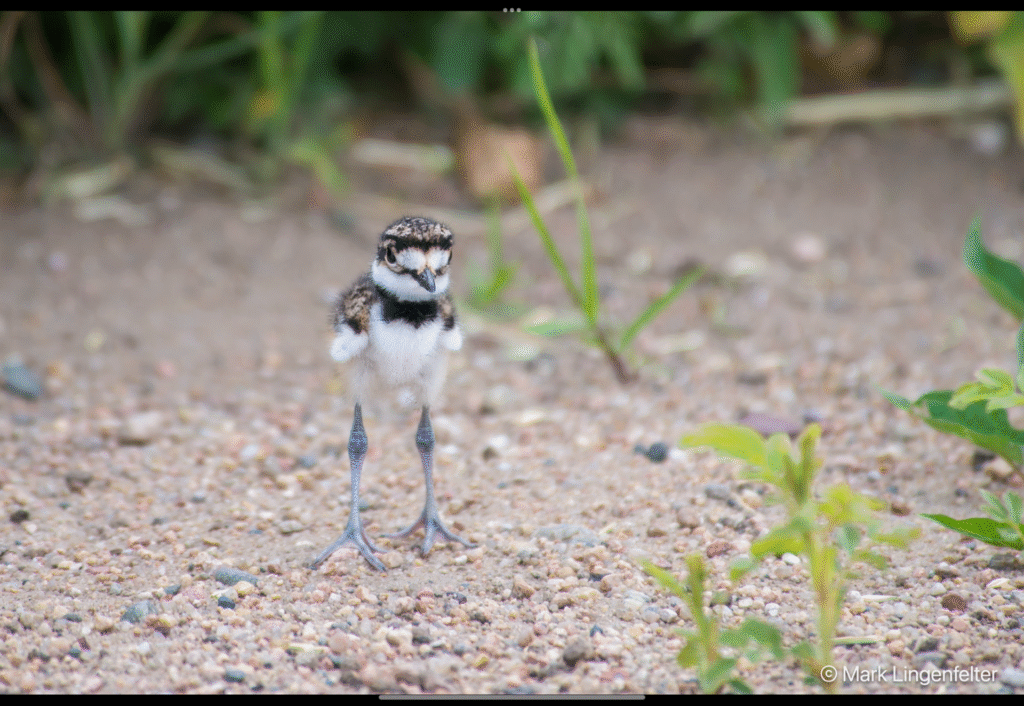
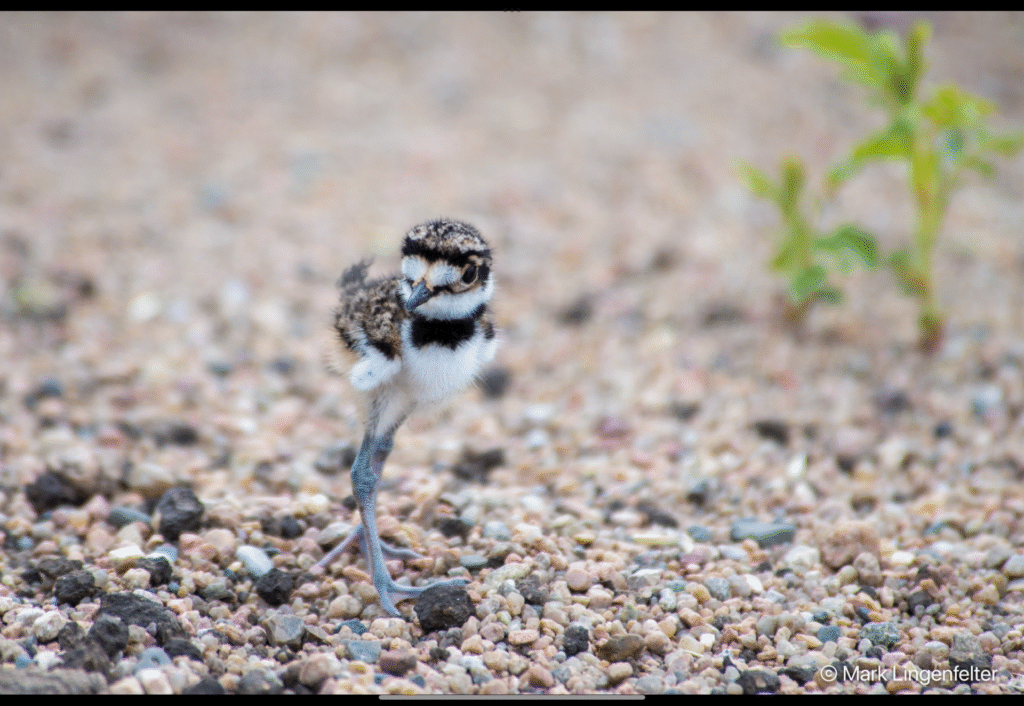
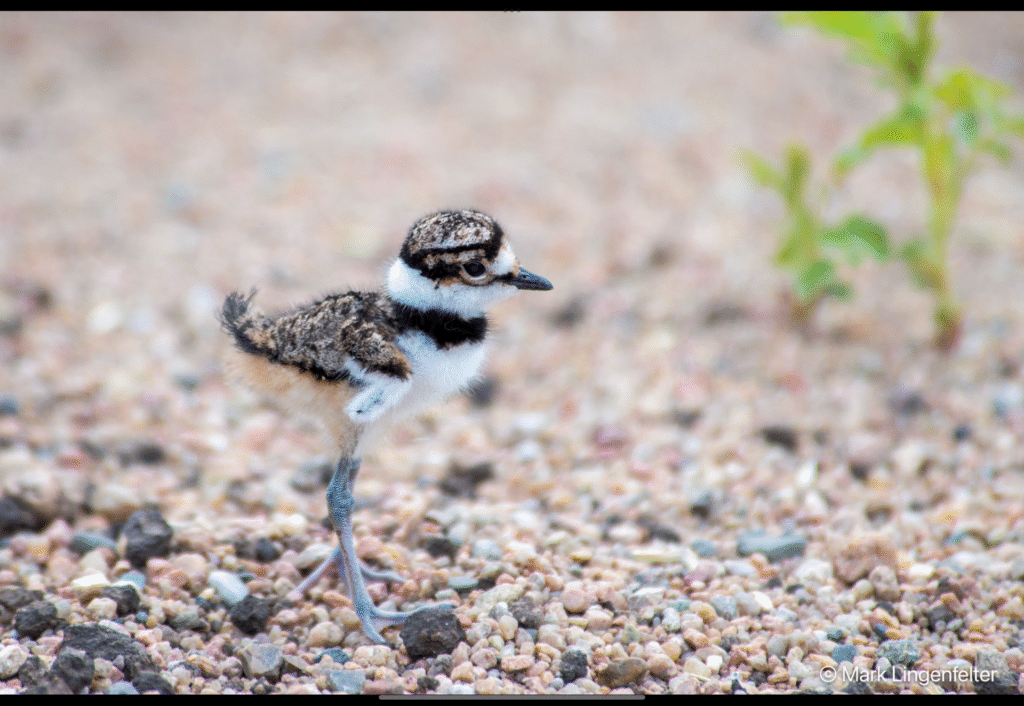
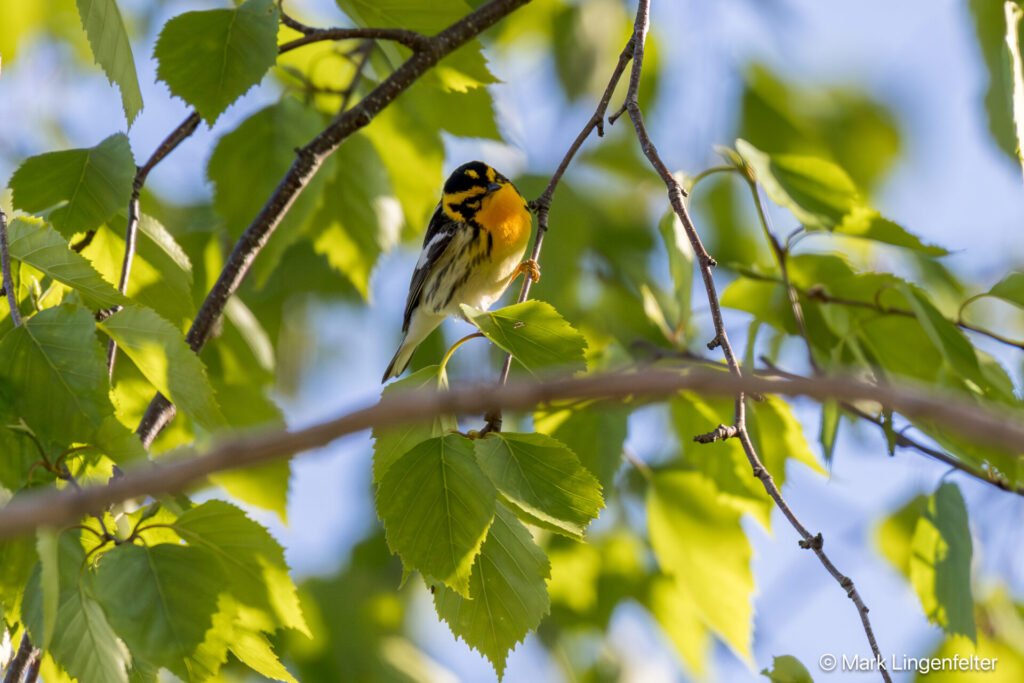
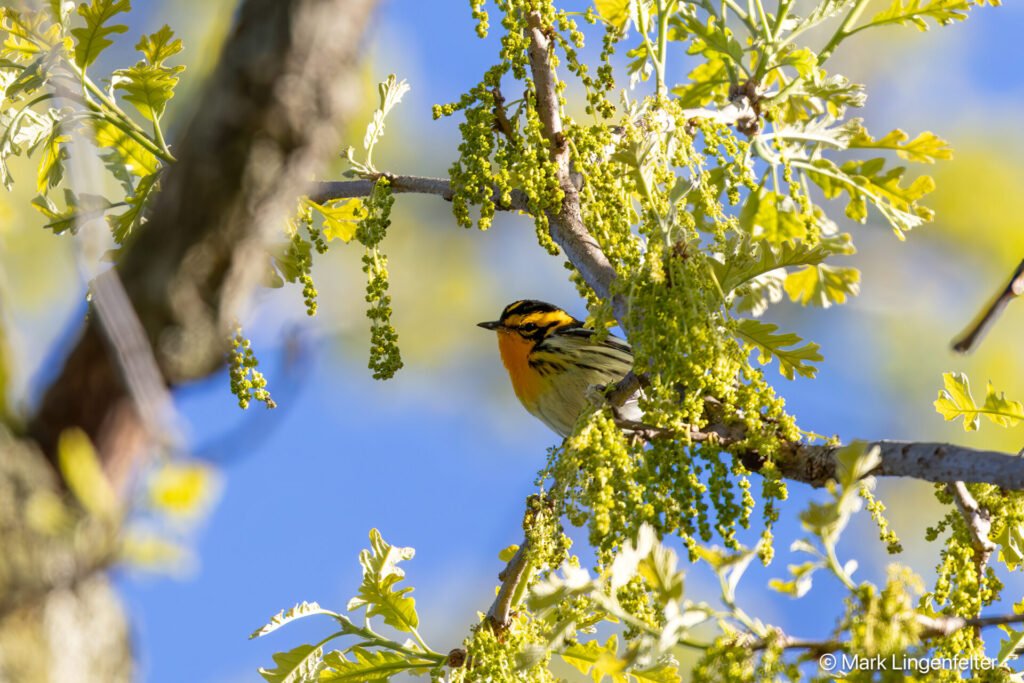
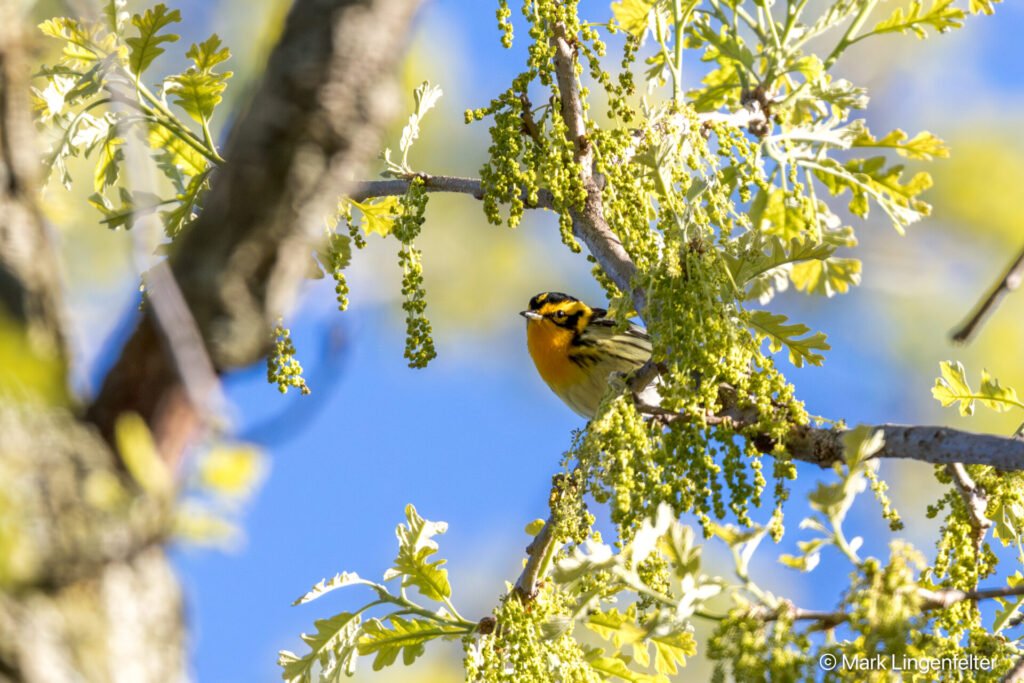
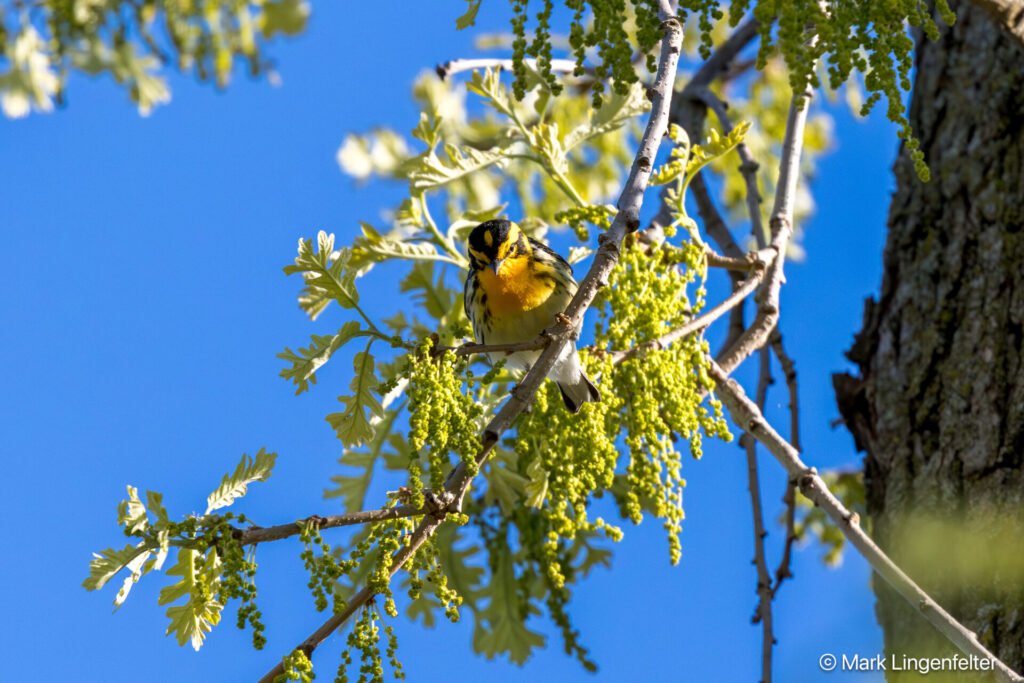
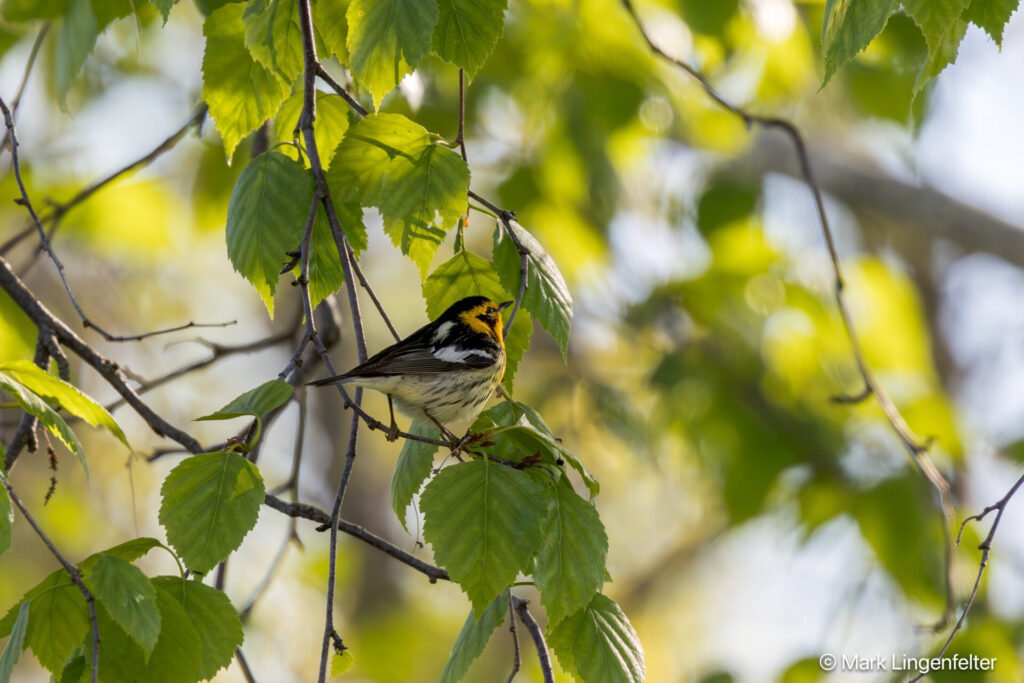
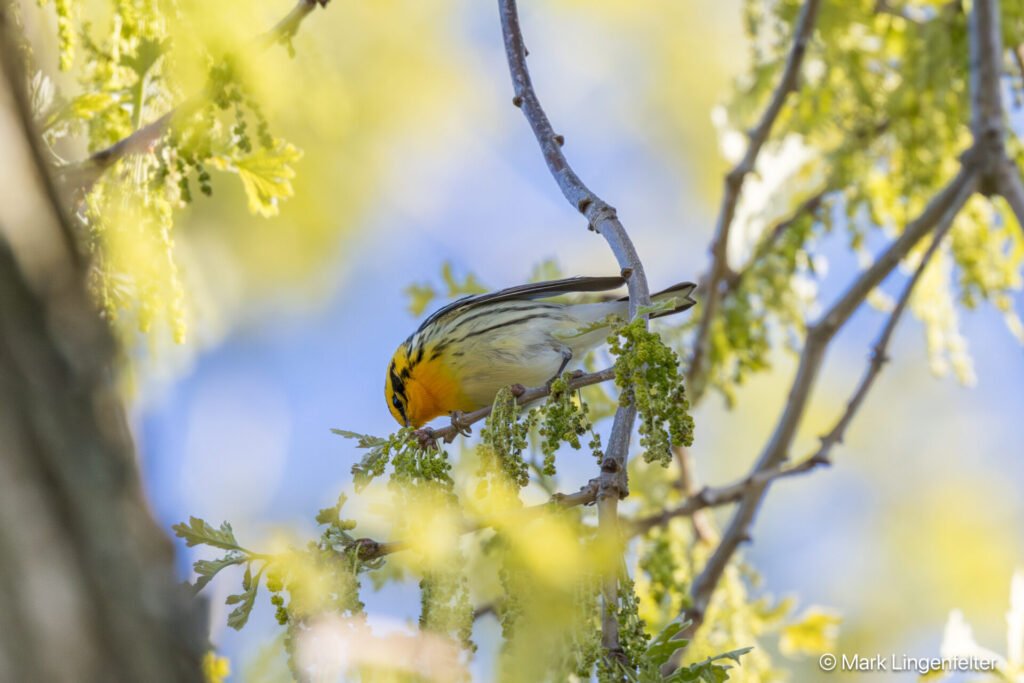
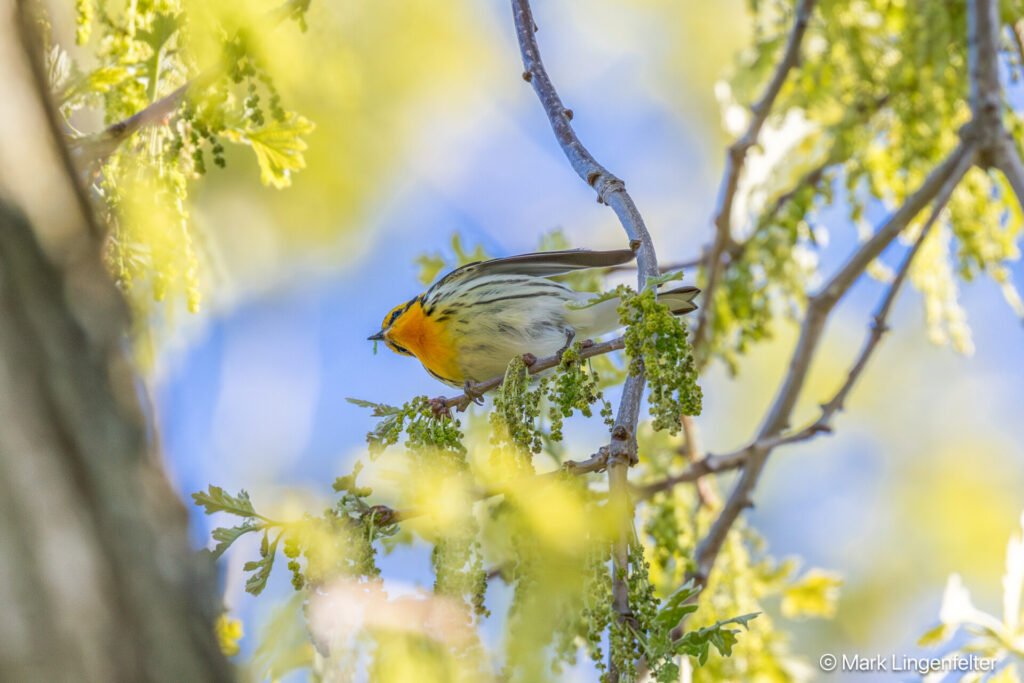
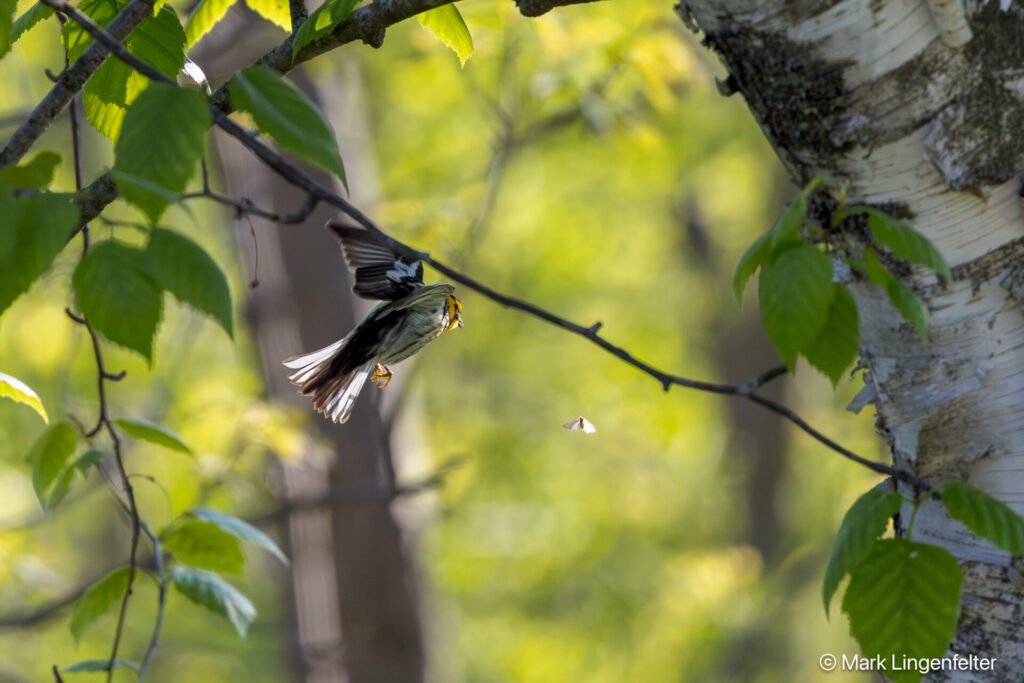
Be the first one to comment!